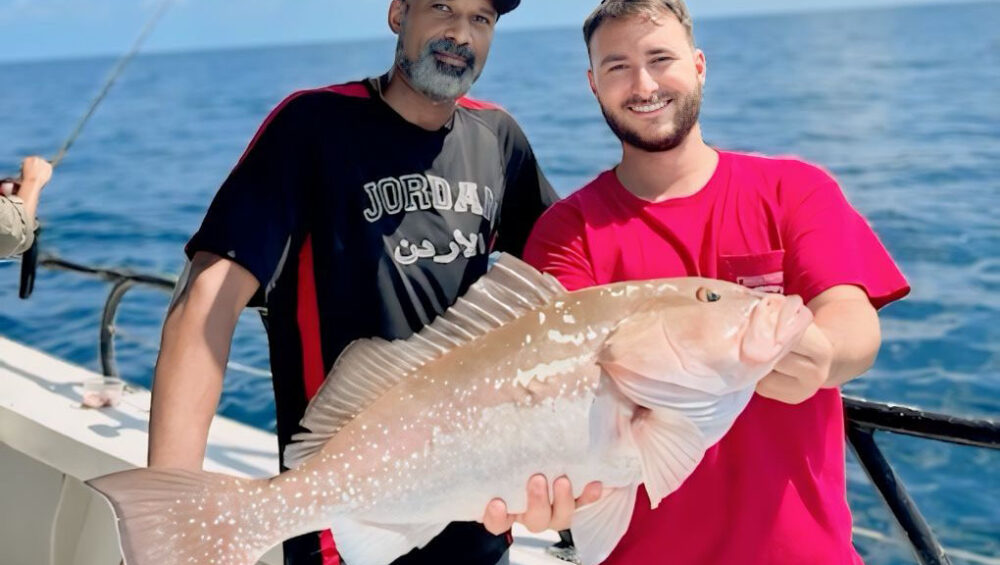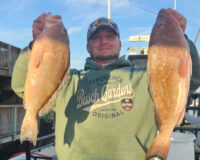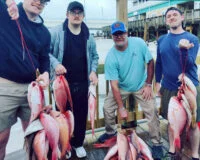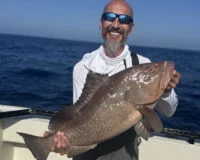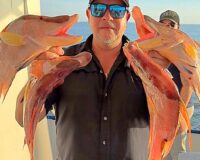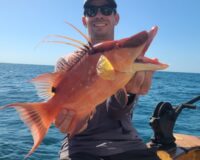Inshore Fishing Report
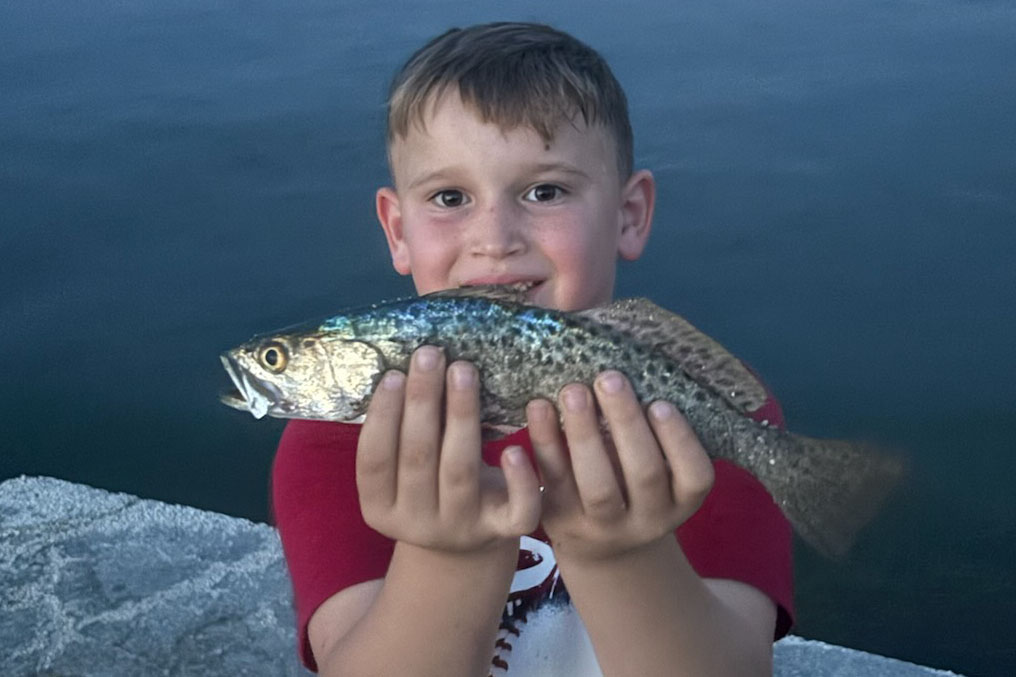
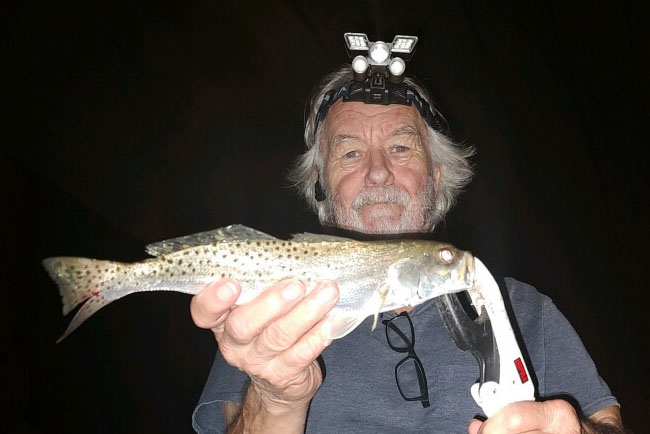
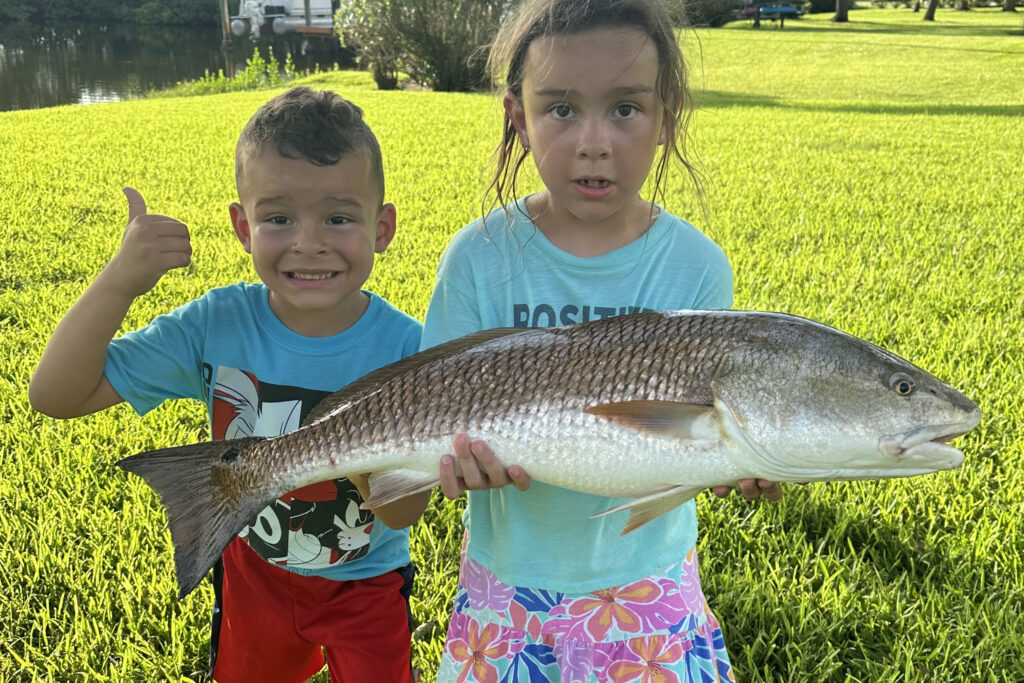
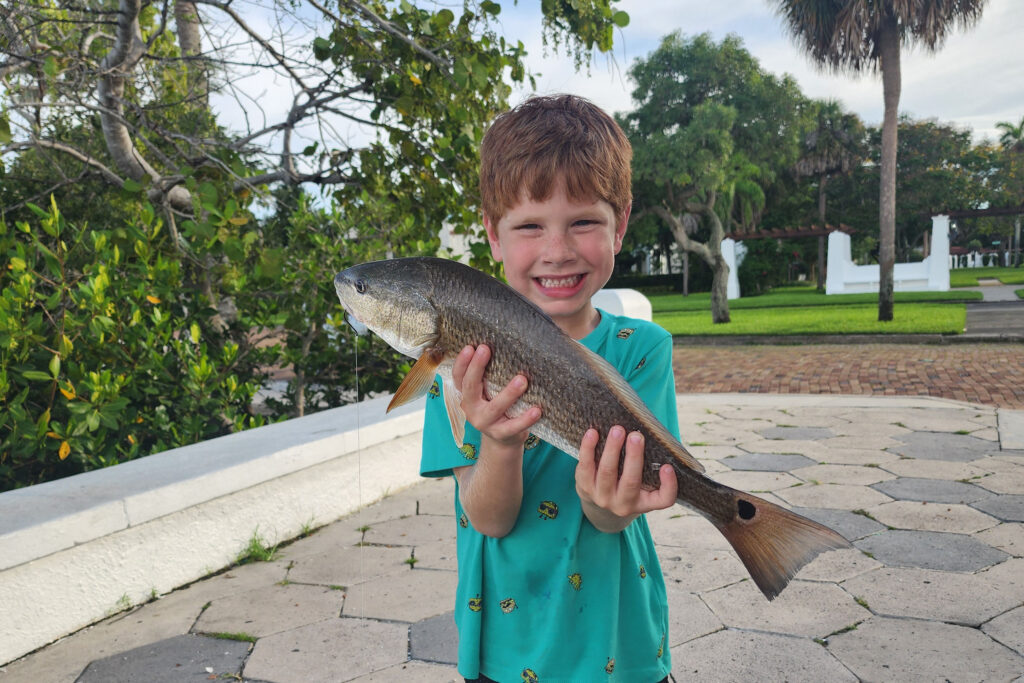
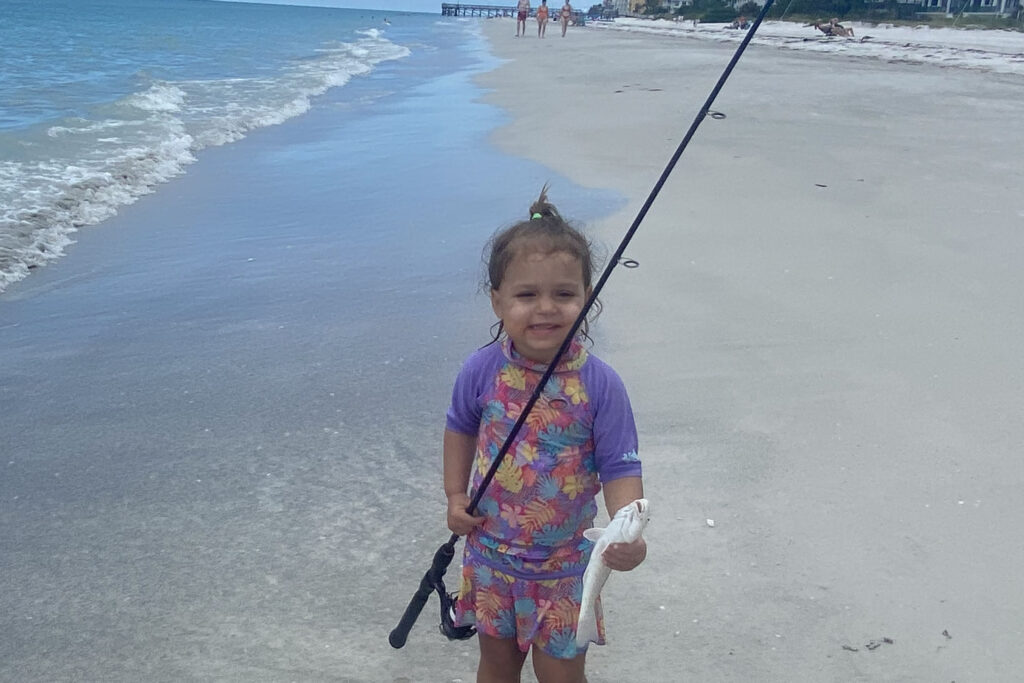
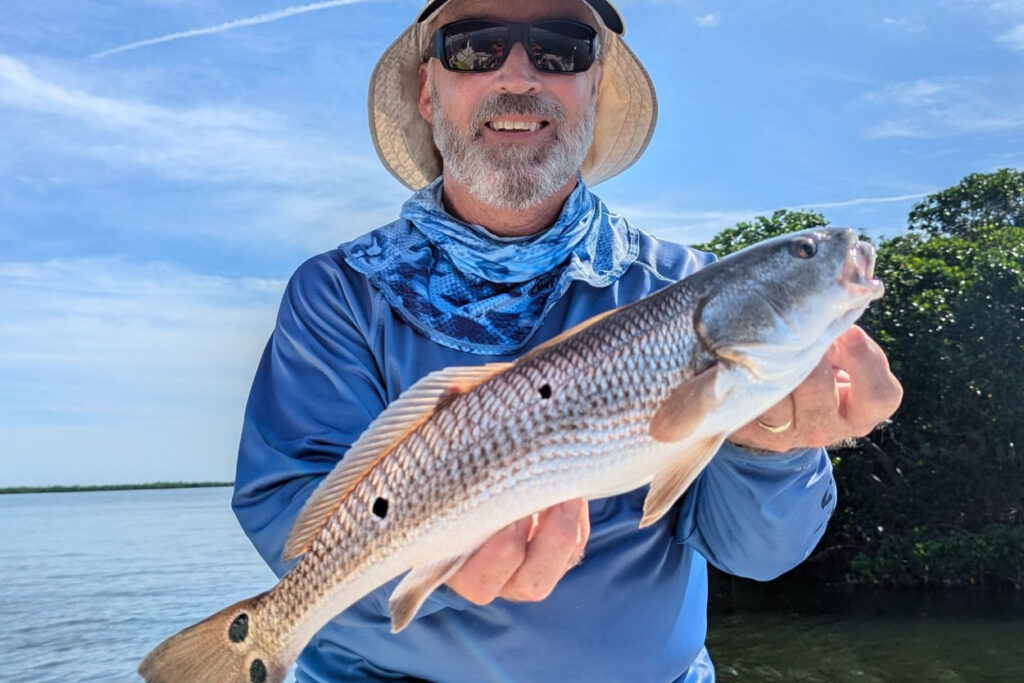
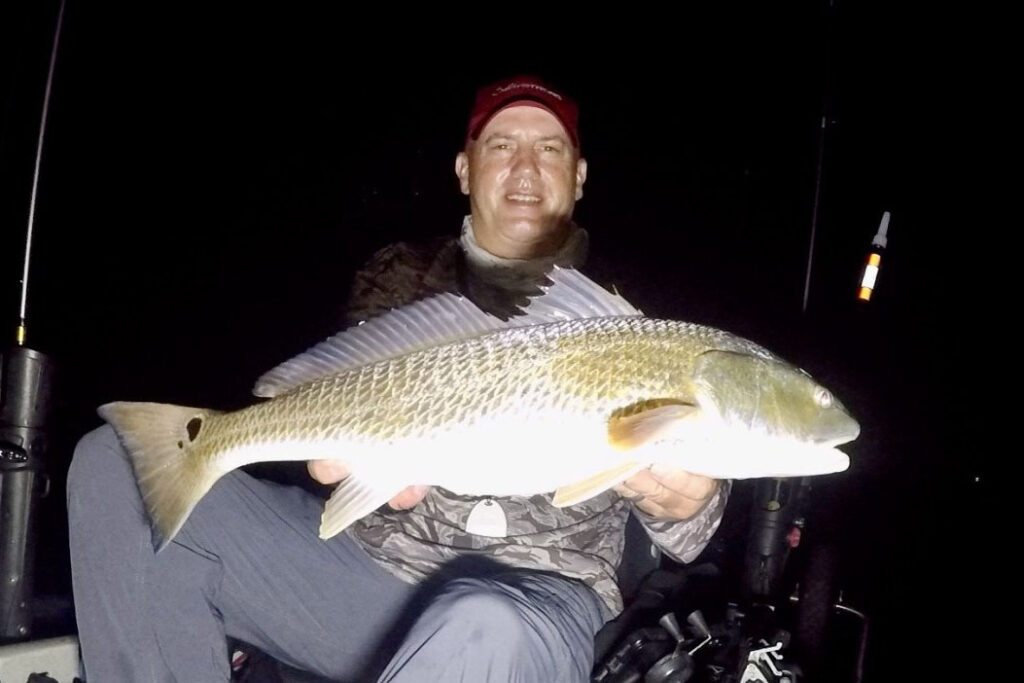
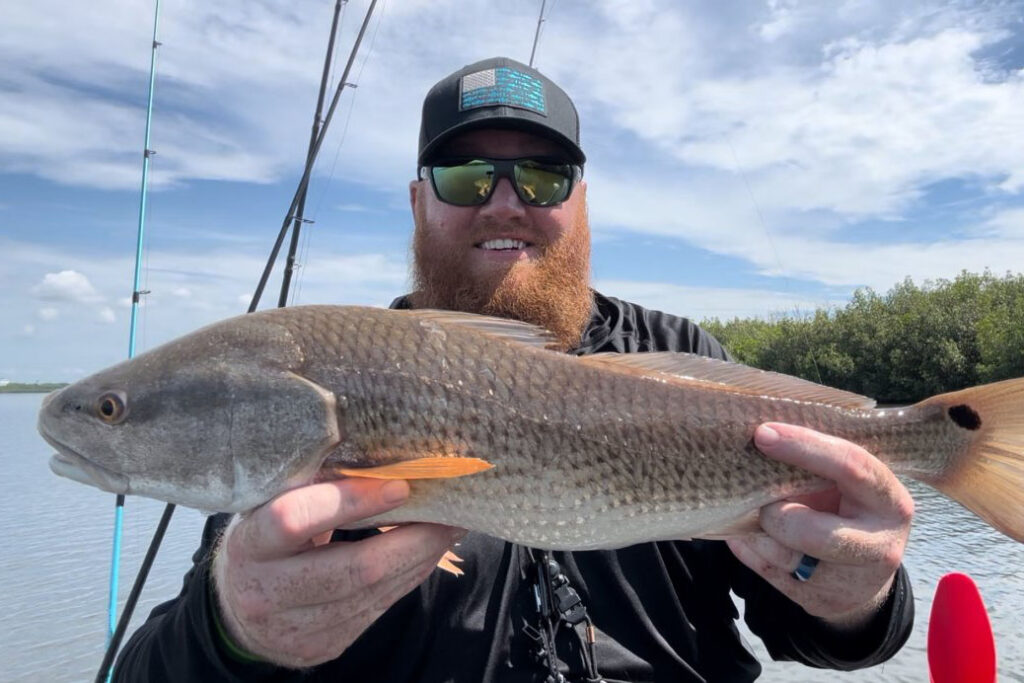
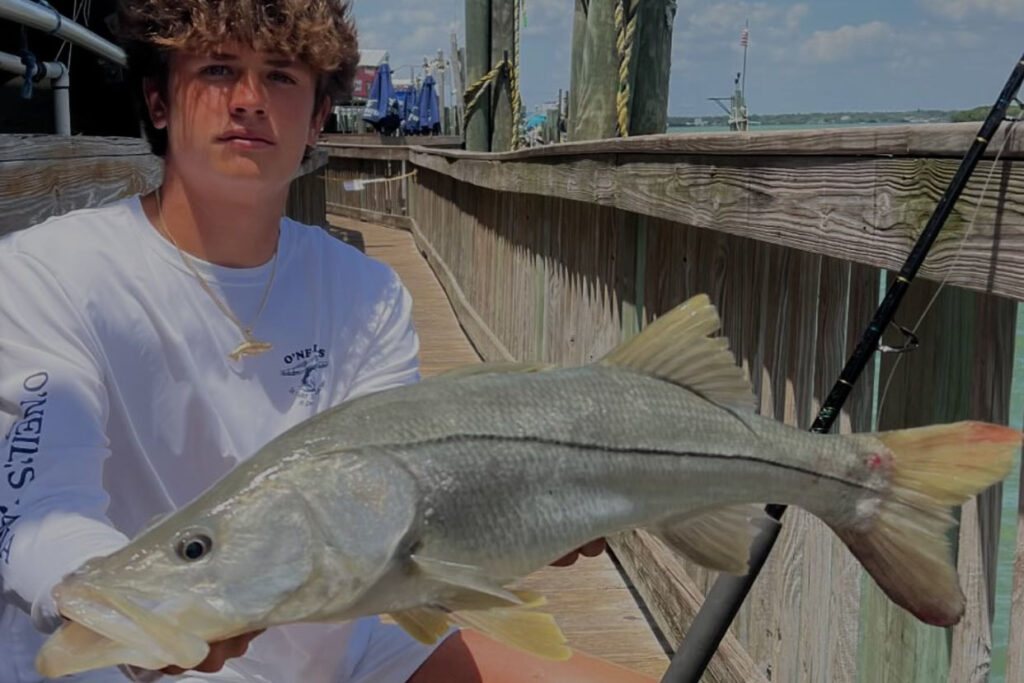
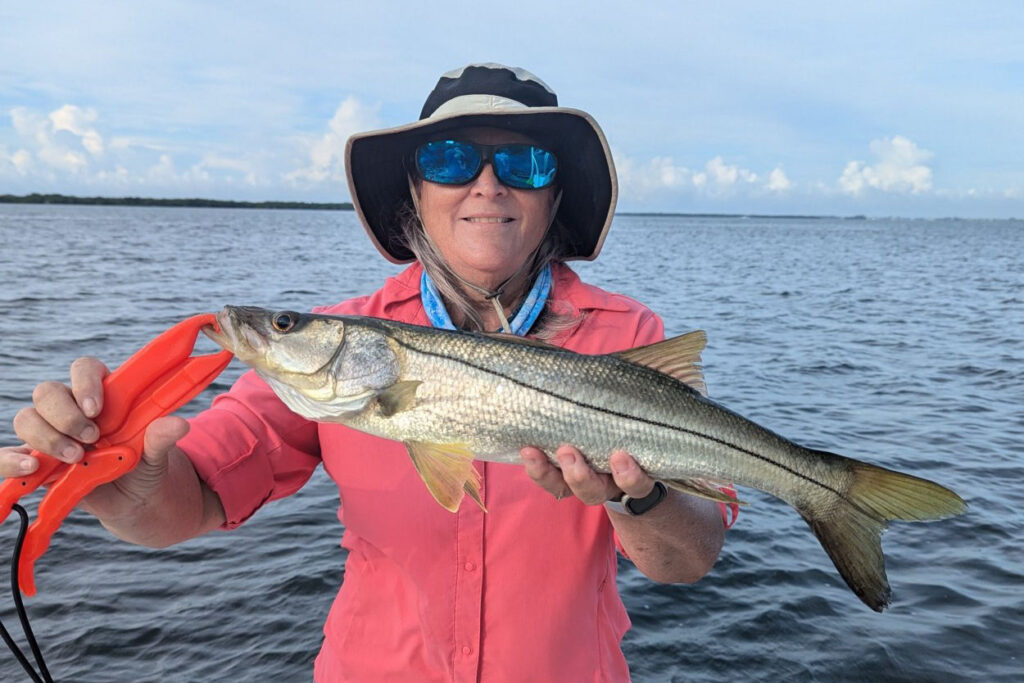
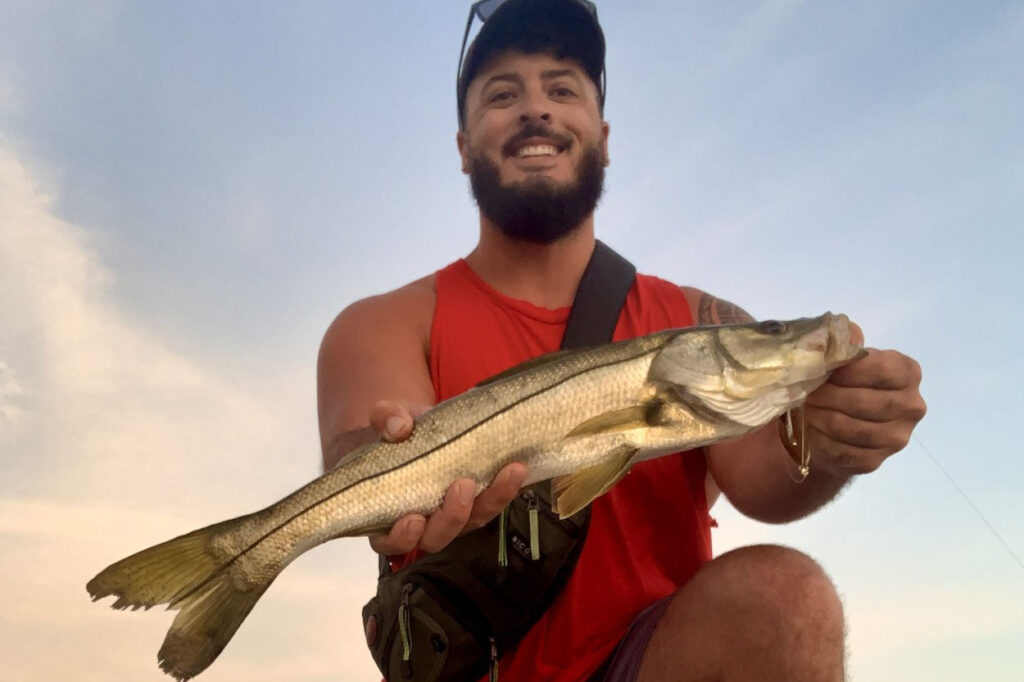
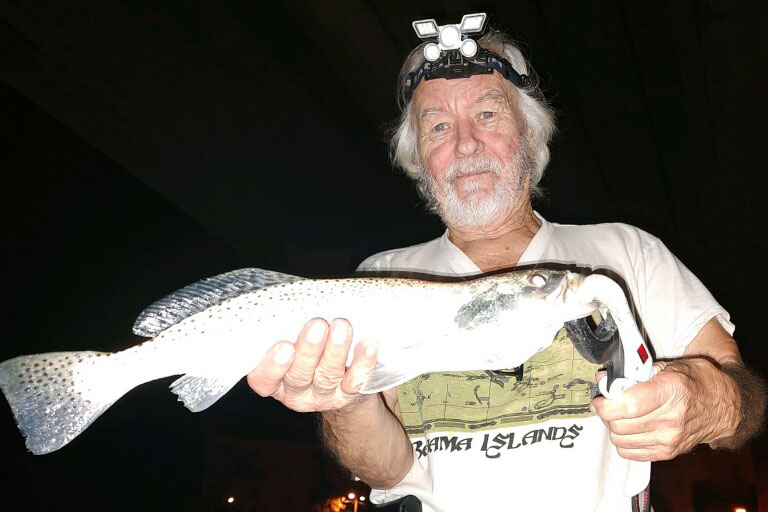
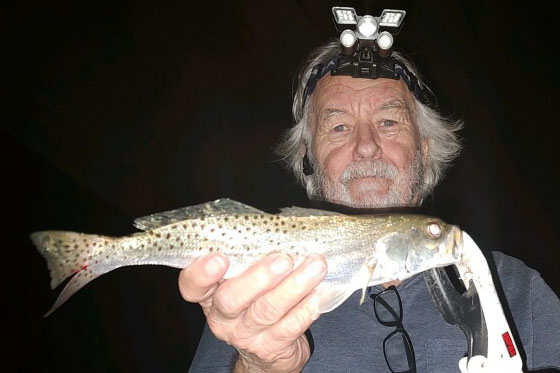
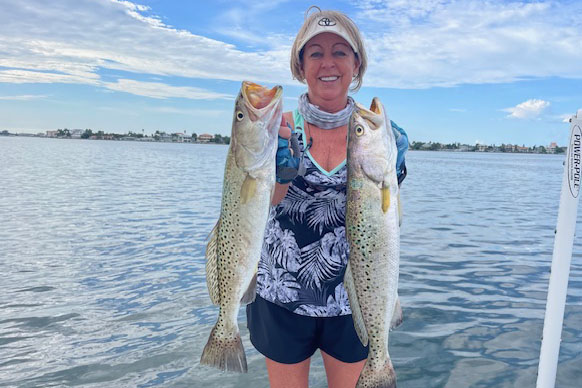
Snook are most active early in the morning around bridges, passes, and dock lines. As the day progresses, they move to the beaches and later to deeper areas, shaded shorelines, or dock lines to stay cooler. During the day, dead bait is more effective due to higher water temperatures, while at night, snook prefer smaller fry baits, making artificial lures a bit challenging.
Redfish are best targeted around dock and bridge lights at night around the pass. During the day, look for them around schools of mullet on the flats, oyster bars, mangrove shorelines, and residential dock lines. Big chunks of dead bait, such as cut mullet, ladyfish, pinfish, or threadfins, are highly effective. We are seeing many of our red fish push back further and further up and back into the bays as the rain continues and water temps stay high.
Mangrove snapper action is on fire around virtually any structure, including seawalls, docks, piers, bridges, jetties, and rock piles. They are aggressive and love hitting lighter tackle with small chunks of white bait or shrimp. Larger snapper, up to 18-20 inches, are being found around deeper structures. The best time to target them is around the slack tides when the water slows and you can use less weight to get your bait to the fish. Also, you can chum more effectively in deeper water when you aren’t fighting the currents.
Trout are active on the edges, holes, and deeper flats, particularly in cooler water areas during the day. At night, they are abundant around dock and bridge lights. The night time trout fishing around the passes has been really good lately on the artificial light sources. We are seeing good trout during the day but mostly on the deepest flats.
Black drum are prolific around bridges, with smaller to medium-sized fish also found on the flats. They prefer big dead baits like live shrimp or crabs. Especially around the bridges, soaking a fat cut in half crab is a great way to hook up to a big black drum for some rod bending action.
While tarpon action has slowed, they can still be found around local bridges, the mouth of the bay, and on beaches. Despite being less prolific, they face much less fishing pressure which has them feeding a bit more actively then they normally would.
Sharks are highly prolific, with virtually any moving water providing action. Big dead baits soaked on the bottom are highly effective for attracting sharks.
Fishing Tips
- Snook: Use live baits like greenbacks, threadfins, and shrimp, or try flair hawks and soft plastics at night.
- Redfish: Look for them around mangroves, oyster bars, and flats, and use dead baits during higher tides.
- Trout: Target them with soft plastics, white bait, and shrimp around deeper flats and potholes.
- Tarpon: Target them during the full moon with crab flushes, making it an ideal time to target them.
- Flounder: Find them near sandy bottoms and structures, biting on bottom baits.
- Pompano: Be prepared to move frequently to stay on their bite.
- Sharks: Use big dead baits in areas with moving water.
Help spread the word about what to do if you hook or entangle a bird. Never cut the line; instead, reel in the bird carefully to dehook and release it. If you accidentally hook a dock, break the line at the hook to avoid leaving any line in the water. Seabirds with fishing lines hanging from them are becoming more common, and this could lead to the closure of fishing areas.
Rising concerns about bird entanglements might result in closing fishing spots, impacting the few available locations around Tampa Bay from shorelines, docks, bridges, or piers. Learn more in our recent podcast with Salt Strong: https://www.saltstrong.com/articles/shutting-down-fishing-at-busy-pier/.
Nearshore Fishing Report
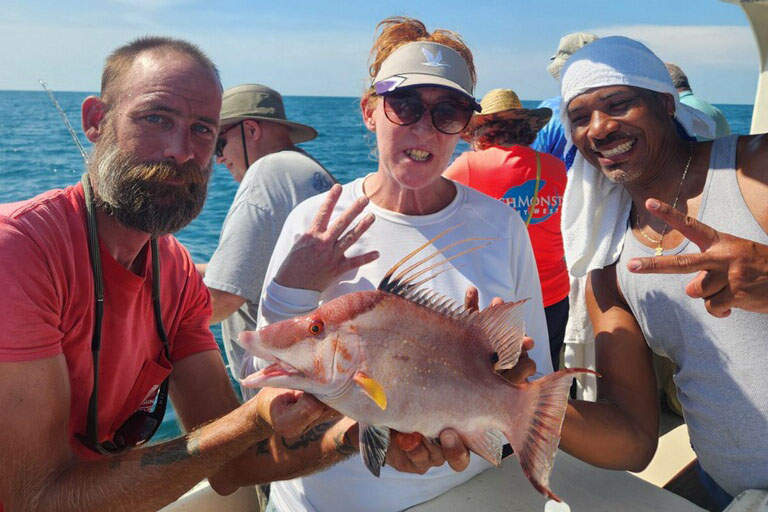
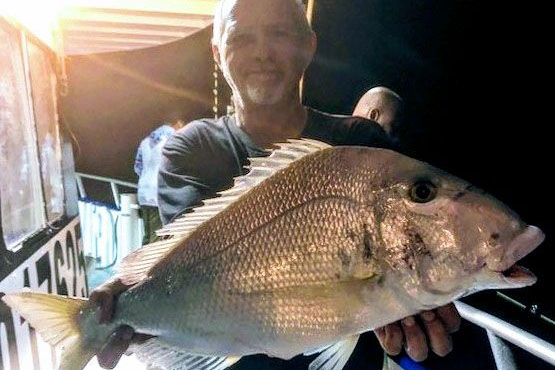
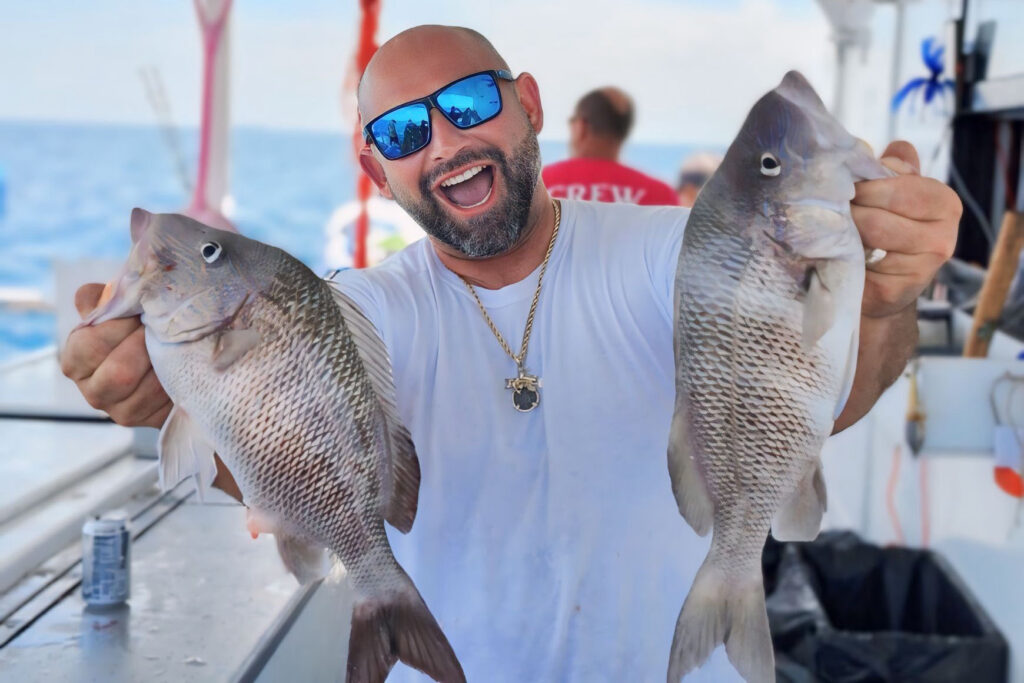
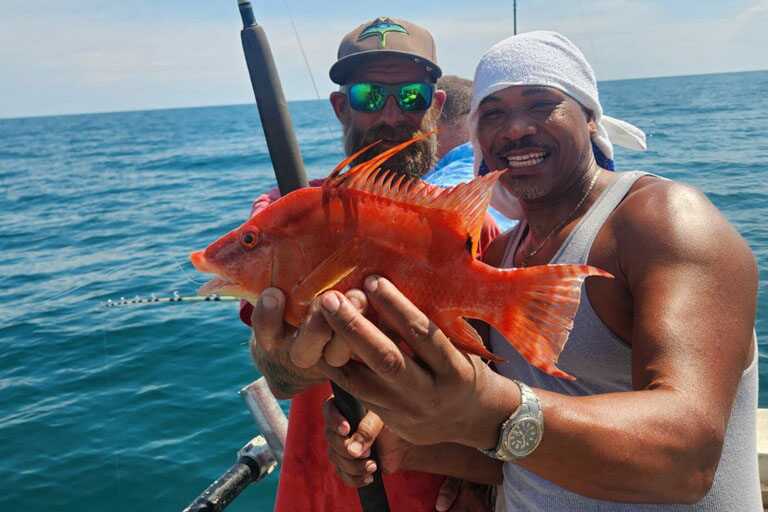
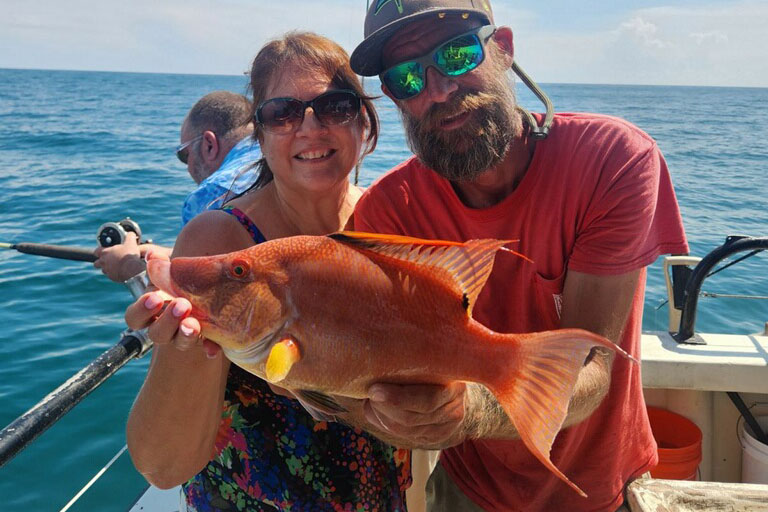
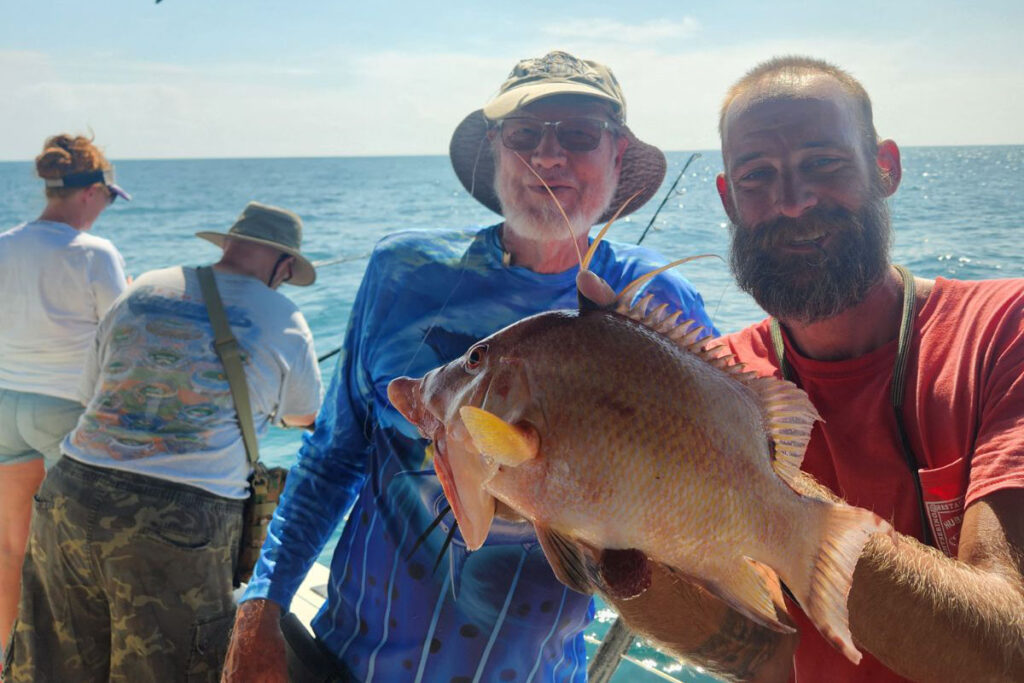
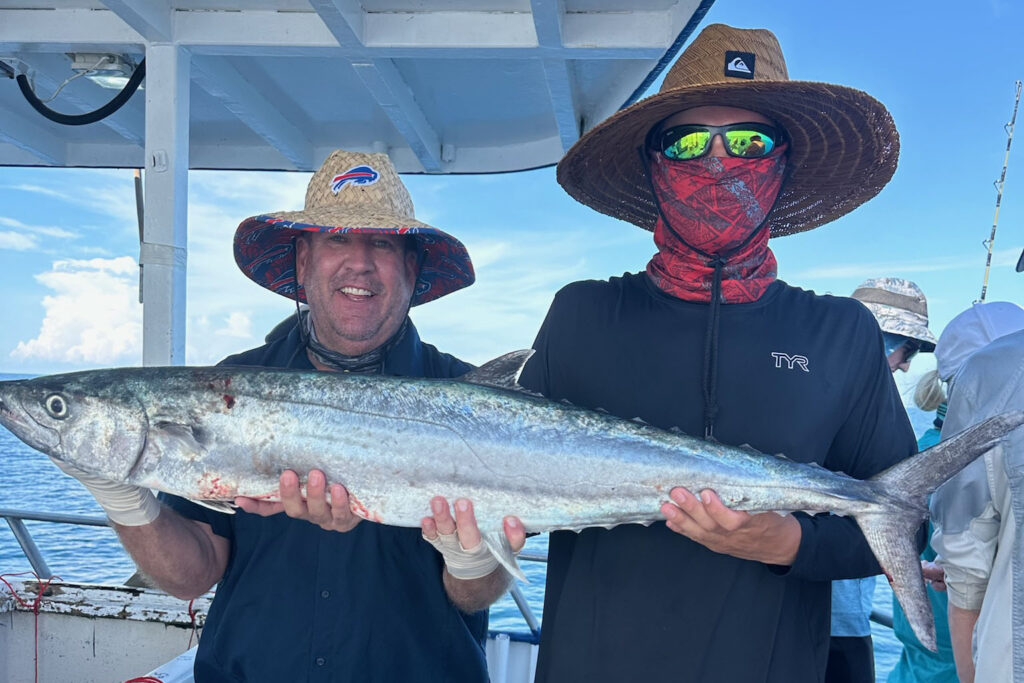
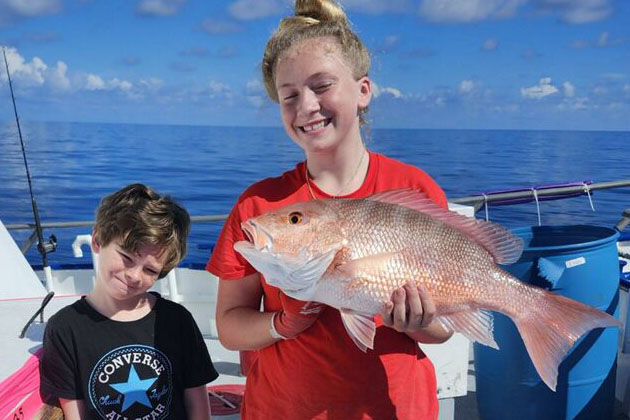
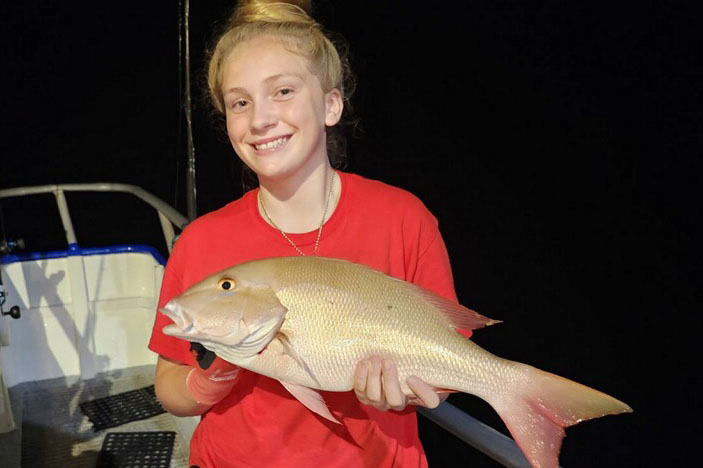
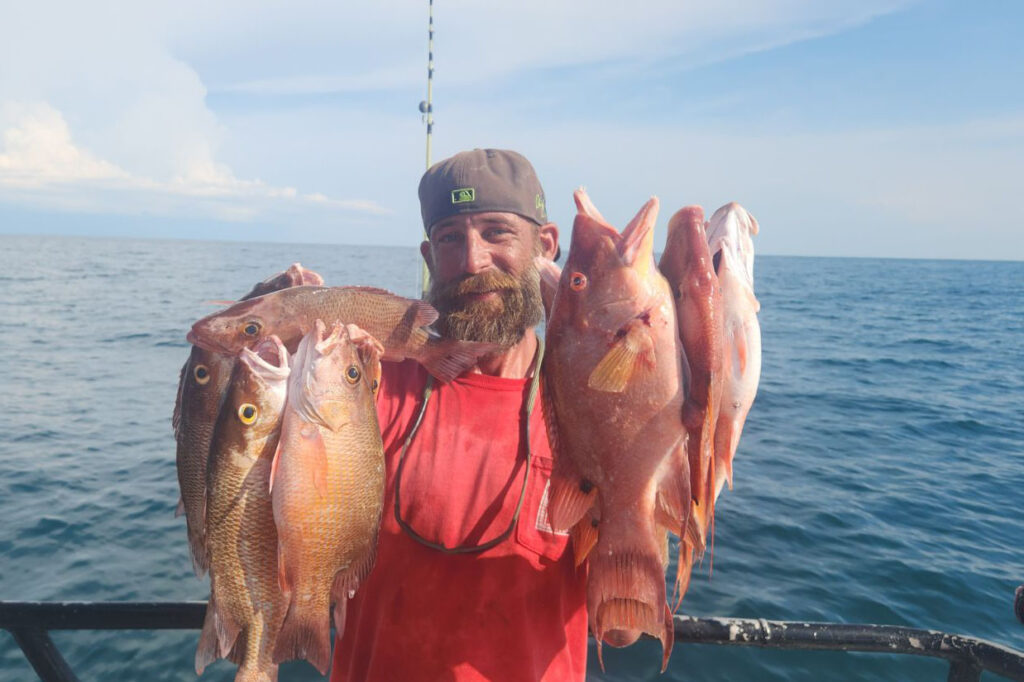
Mangrove snapper remain constant near shore, with some larger ones being caught in deeper waters. Near shore, use lighter tackle with live shrimp, small chunks of threadfin, or small pinfish. Deeper waters call for bigger chunks of cut threadfin or medium pinfish on heavier tackle.
Lane snapper are still dominating near shore waters from 50-60 feet up to the deepest near shore areas. These fish are hitting live shrimp and cut threadfins. Our ten-hour trips have been particularly successful, bringing in good numbers of big lanes in depths ranging from 60-100 feet.
Hogfish are around, while we aren’t seeing big numbers like we do in cooler months we are still getting a few here and there. Especially on private charters we have been super successful on the hogfish.
Mahi mahi are around the deeper near shore waters. We are seeing them on the ten hour trips pretty well. Keep a pitch rod ready if you see them show up to quickly present them a gotcha plug, or chunk of threadfin.
Fishing Tips
- Red Grouper: Target the deepest near shore waters with big dead baits or solid live baits. Use 60 lb test and 7/0 hooks for best results.
- Red Snapper: Use big dead baits like whole squid and bonita strips with heavy tackle to focus on larger fish. Prime trips include the 12-hour extreme, 39-hour, and 44-hour trips.
- Scamp Grouper: Use small to medium pinfish and cut threadfin, especially while targeting mangrove snapper.
- Mangrove Snapper: Near shore, use live shrimp and small chunks of threadfin on 30-40 lb test with 3-4/0 hooks. Offshore, use bigger chunks of cut threadfin or medium pinfish on 40-60 lb test with 5-7/0 hooks.
- Vermillion Snapper: Start around 100 feet of water using cut squid or threadfin. These fish are aggressive and not leader-shy.
- Yellowtail Snapper: Use shrimp, cut squid, and threadfin.
- Pelagic Species: Keep flat lines and pitch rods ready for sailfish, kingfish, wahoo, tuna, and mahi mahi.
Offshore Fishing Report
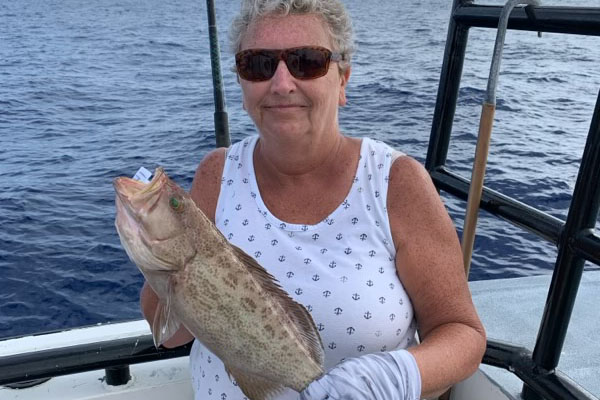
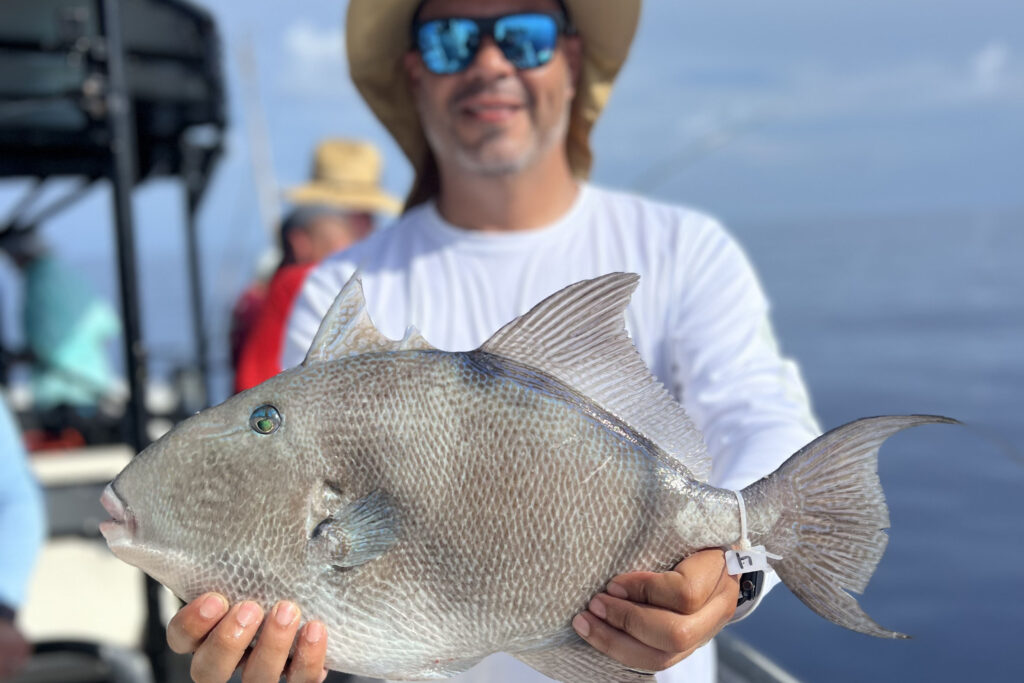
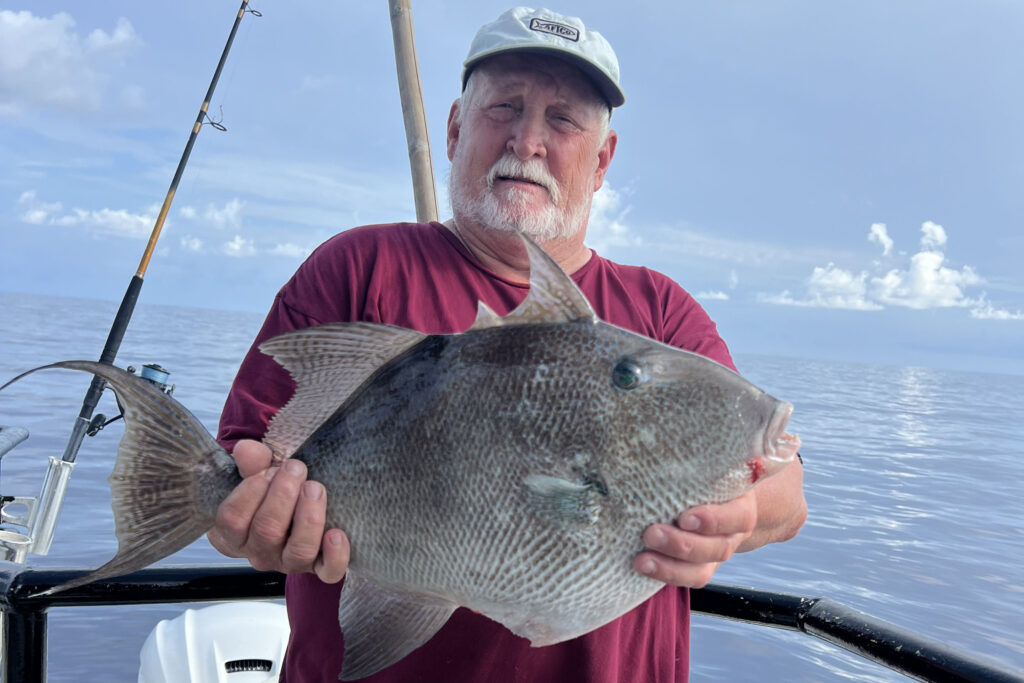
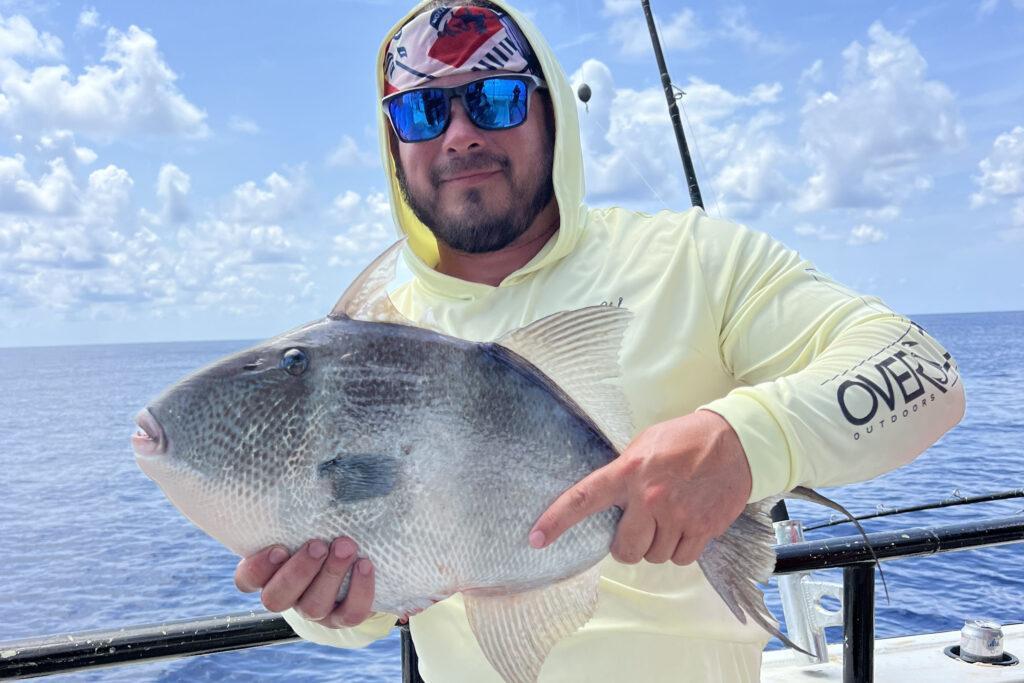
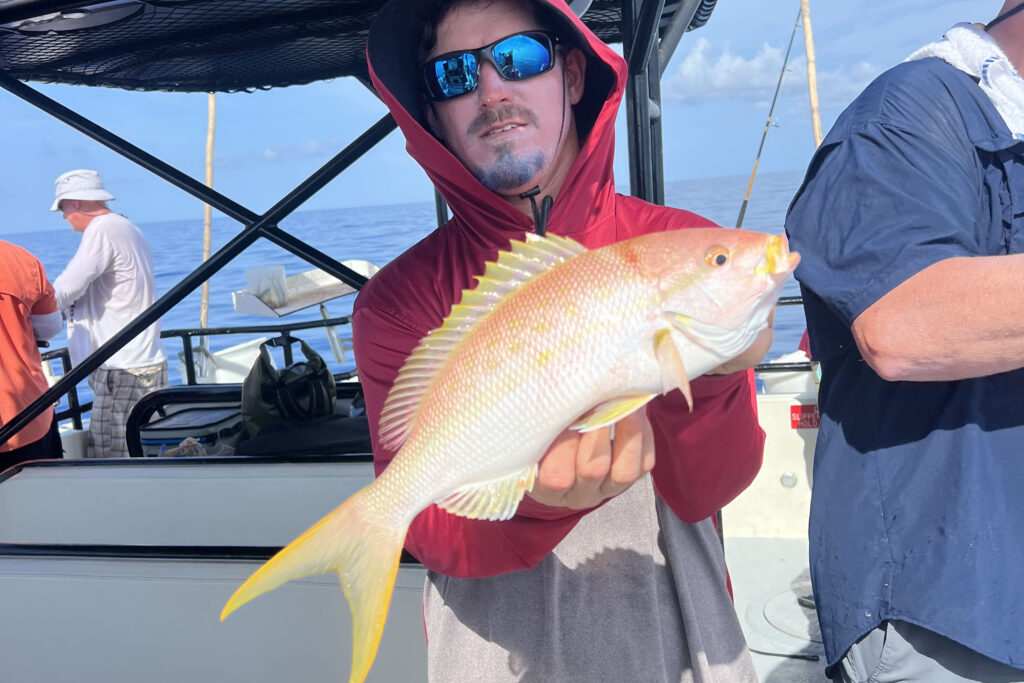
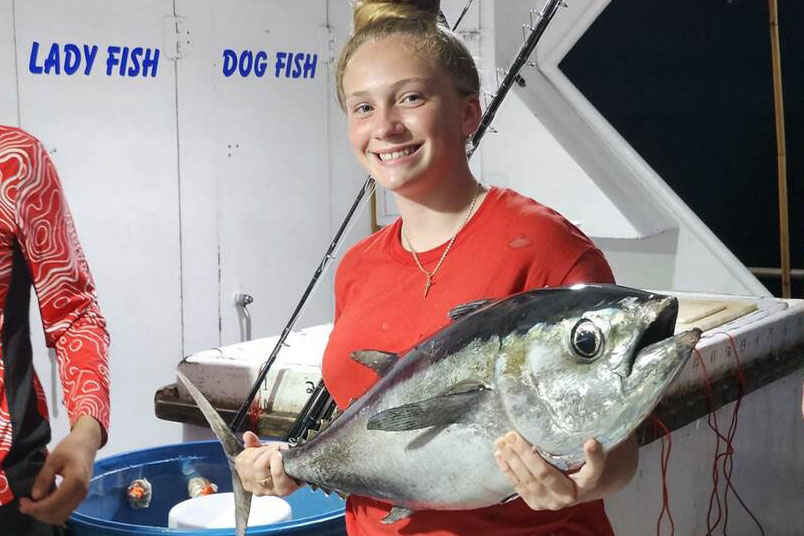
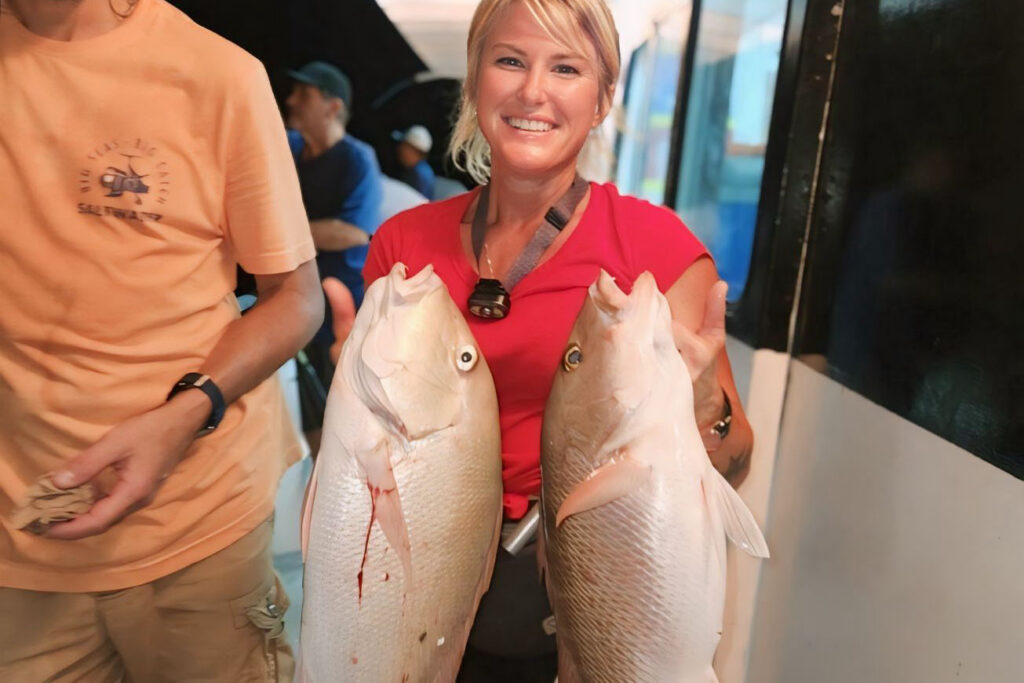
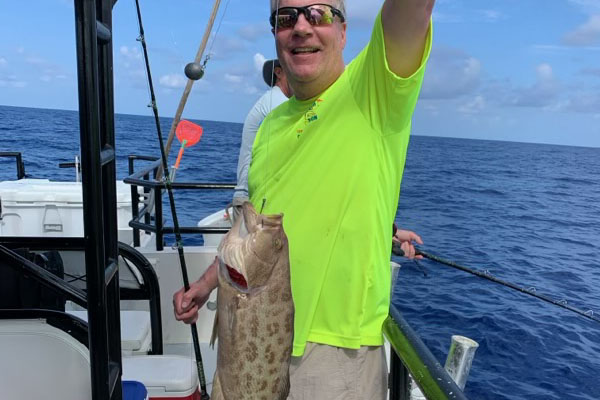
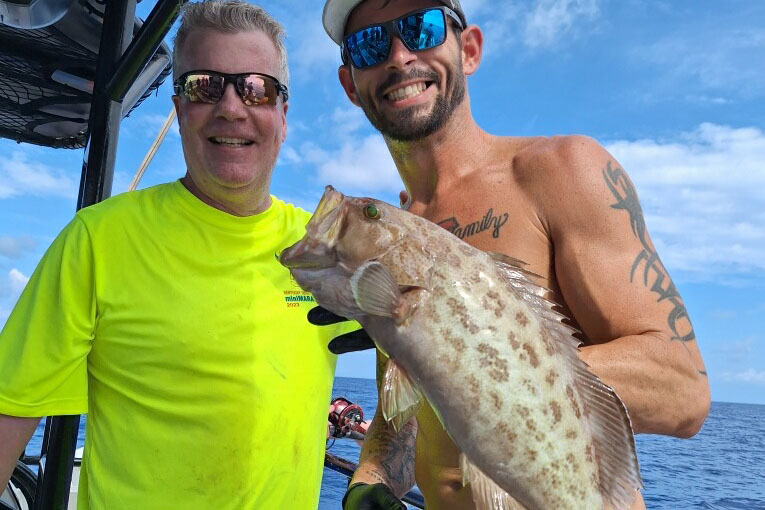
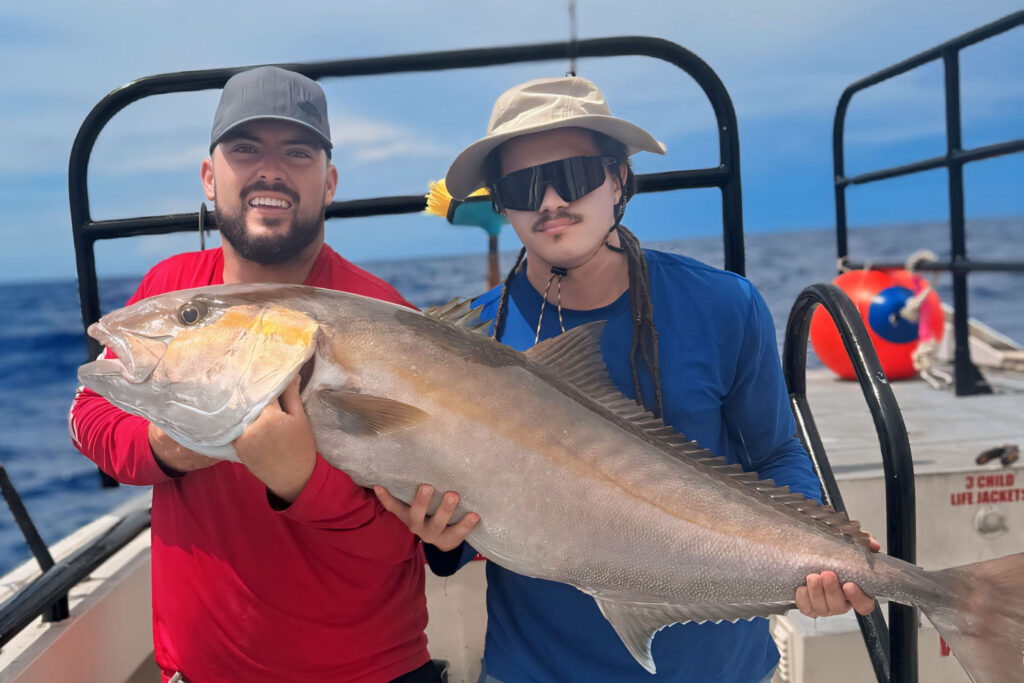
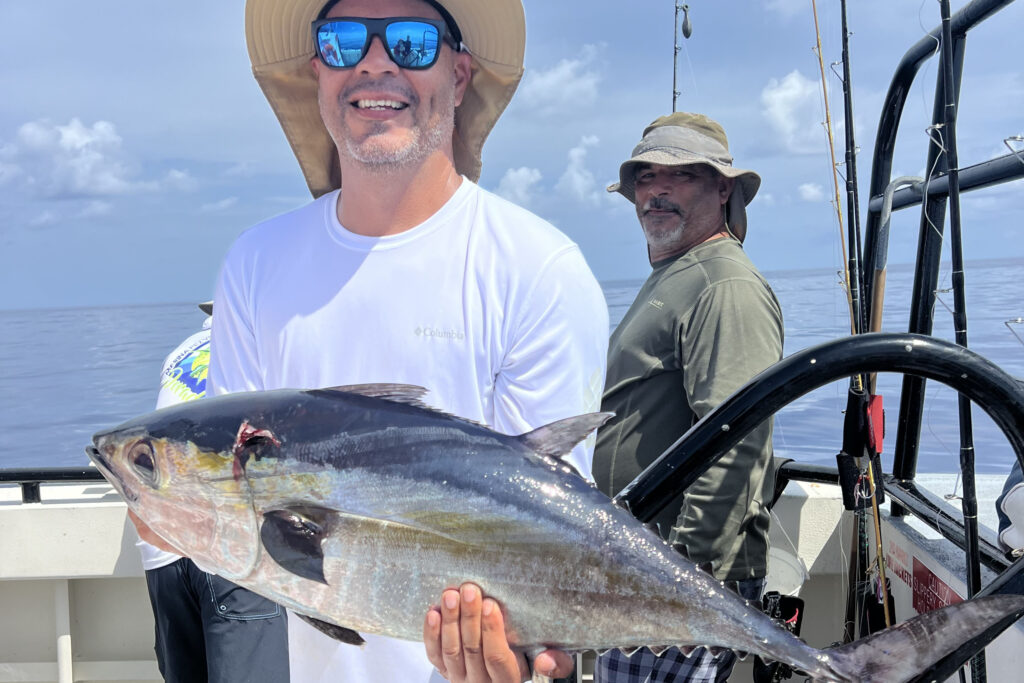
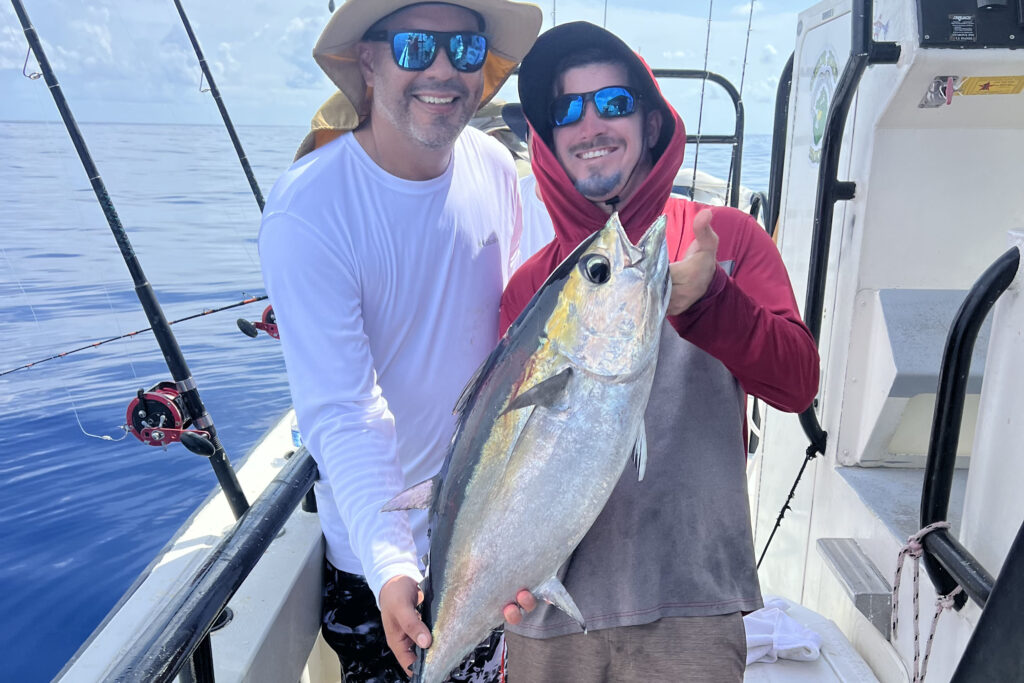
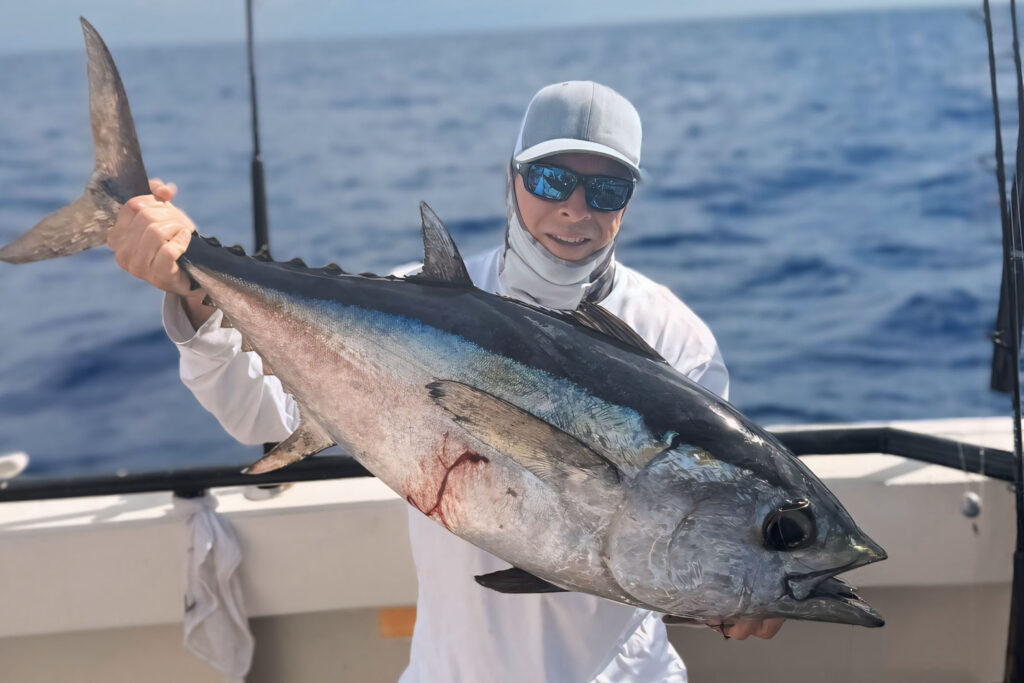
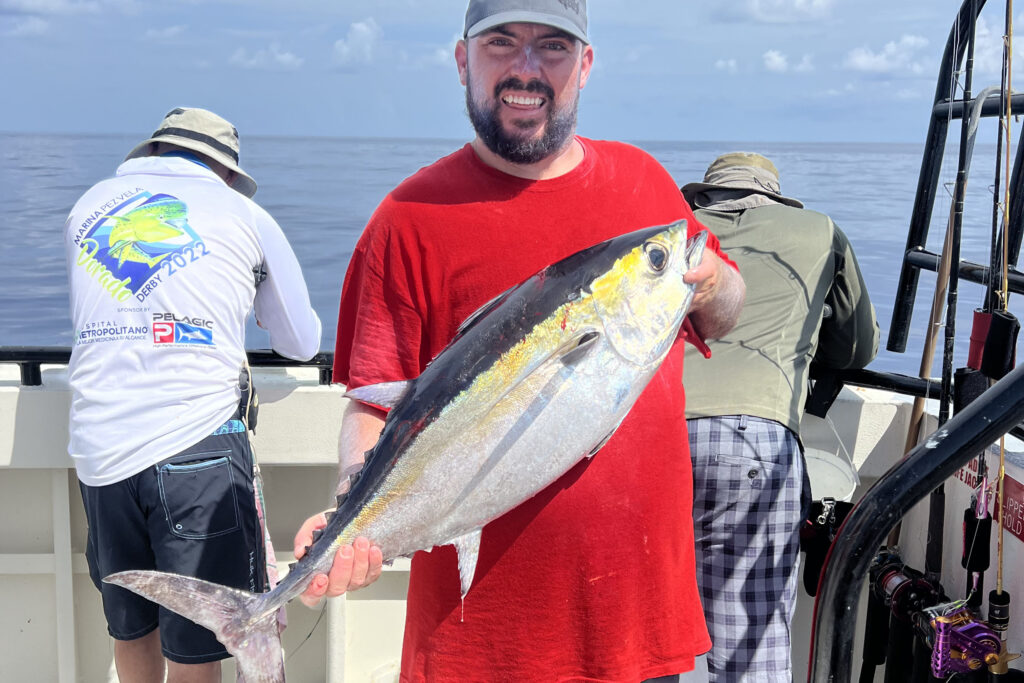
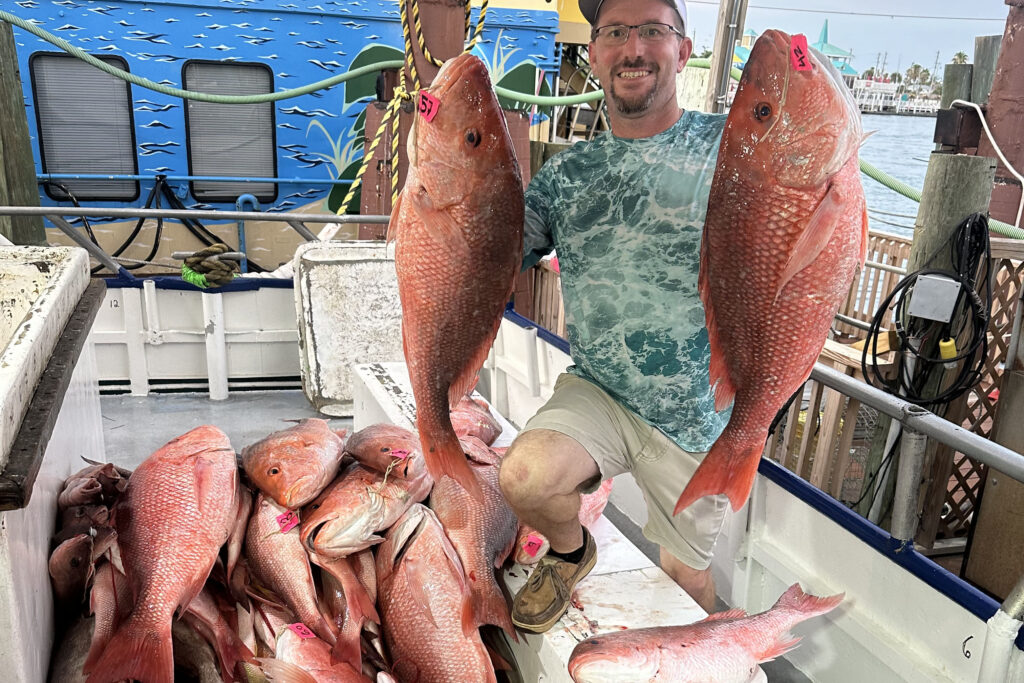
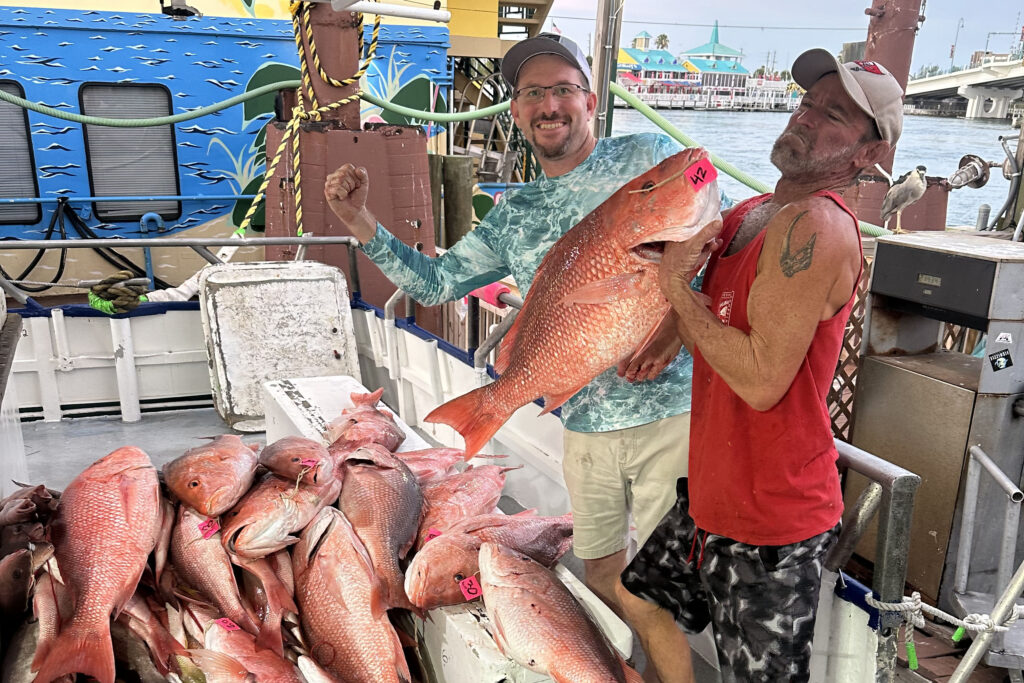
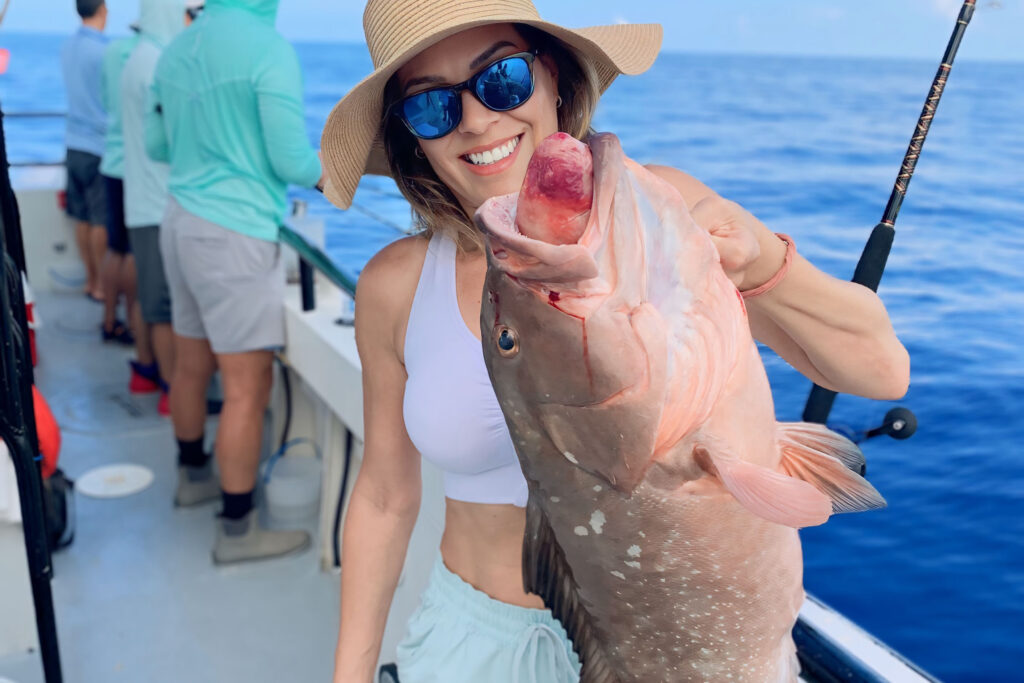
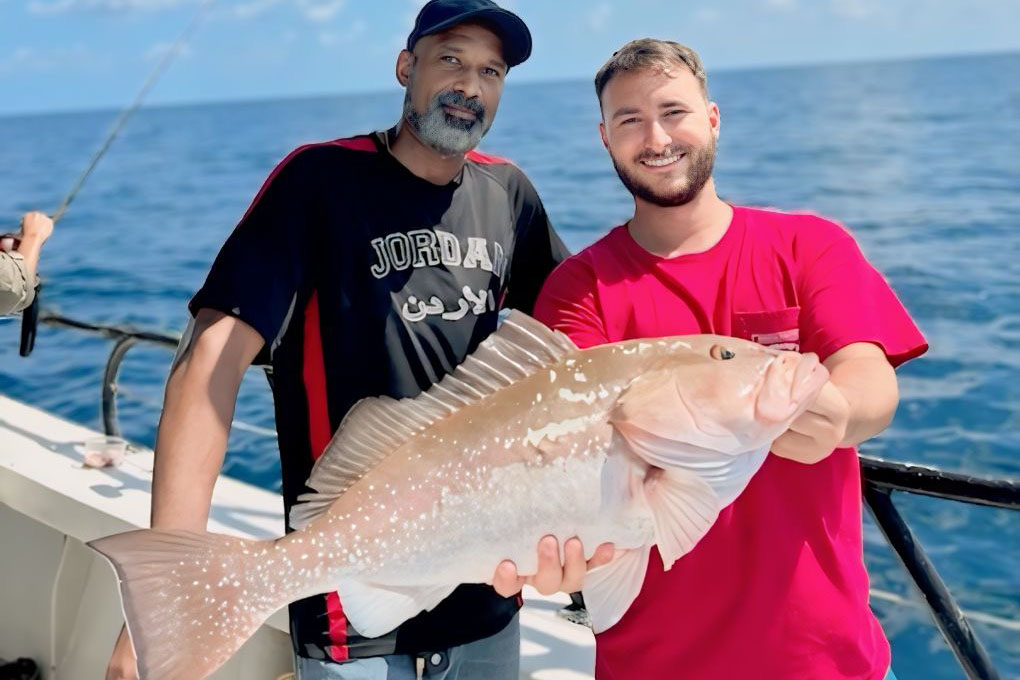
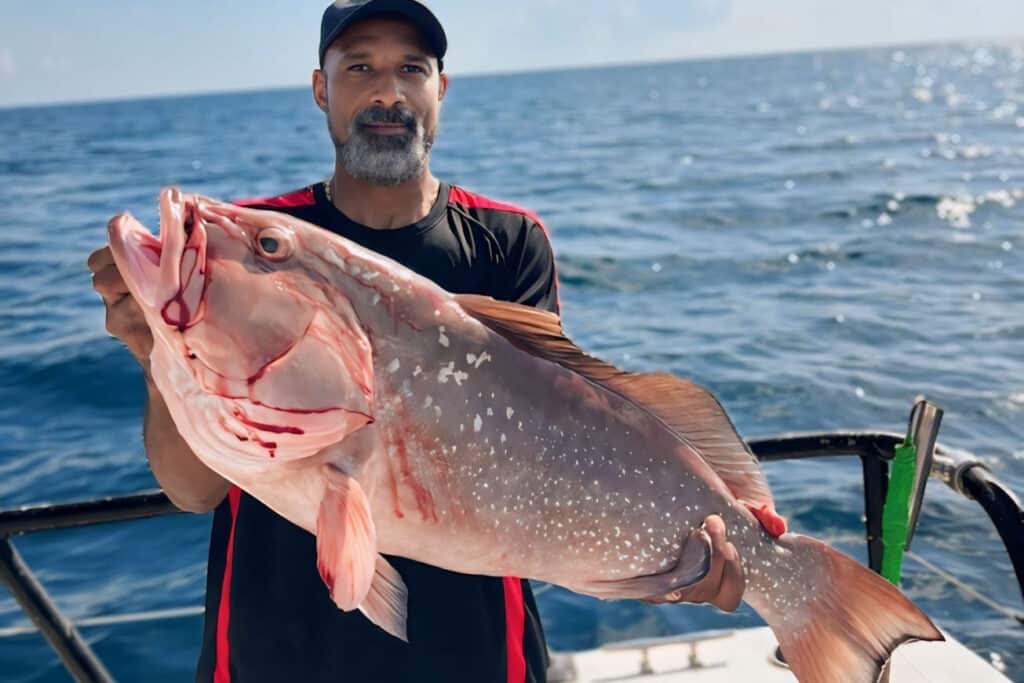
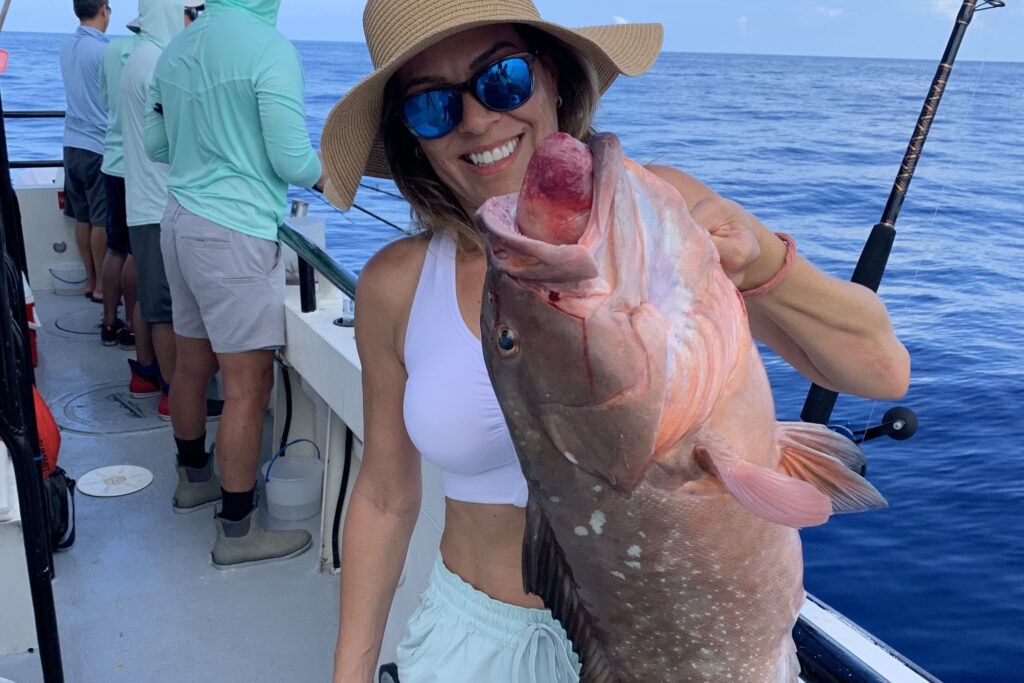
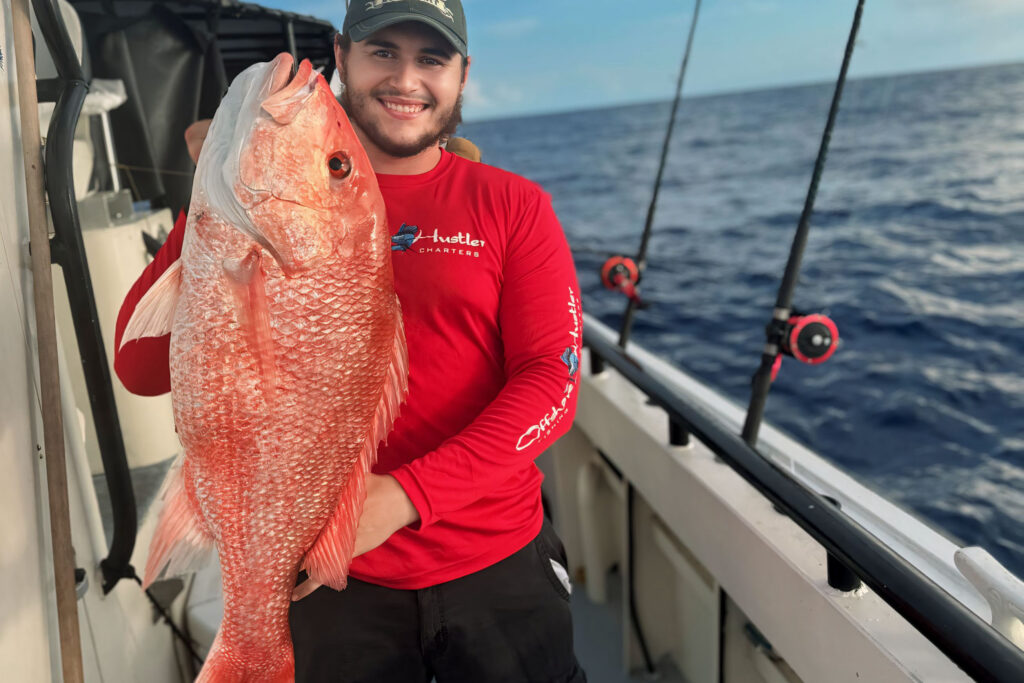
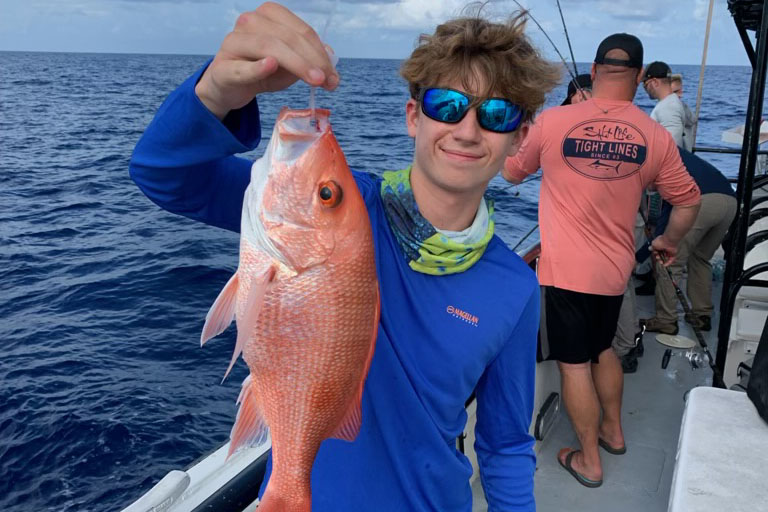
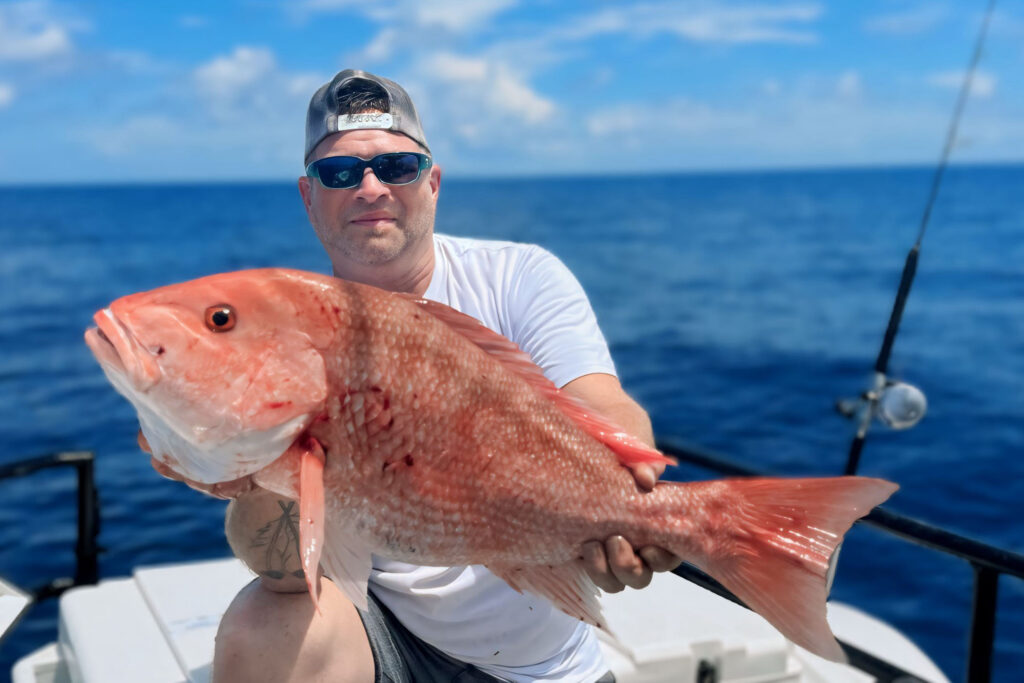
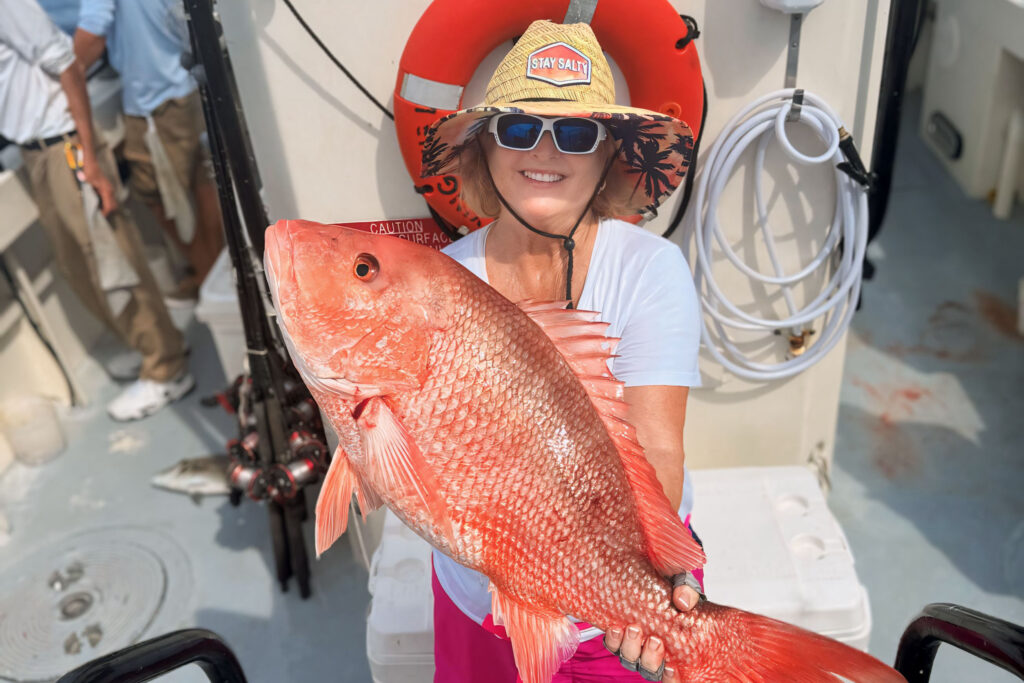
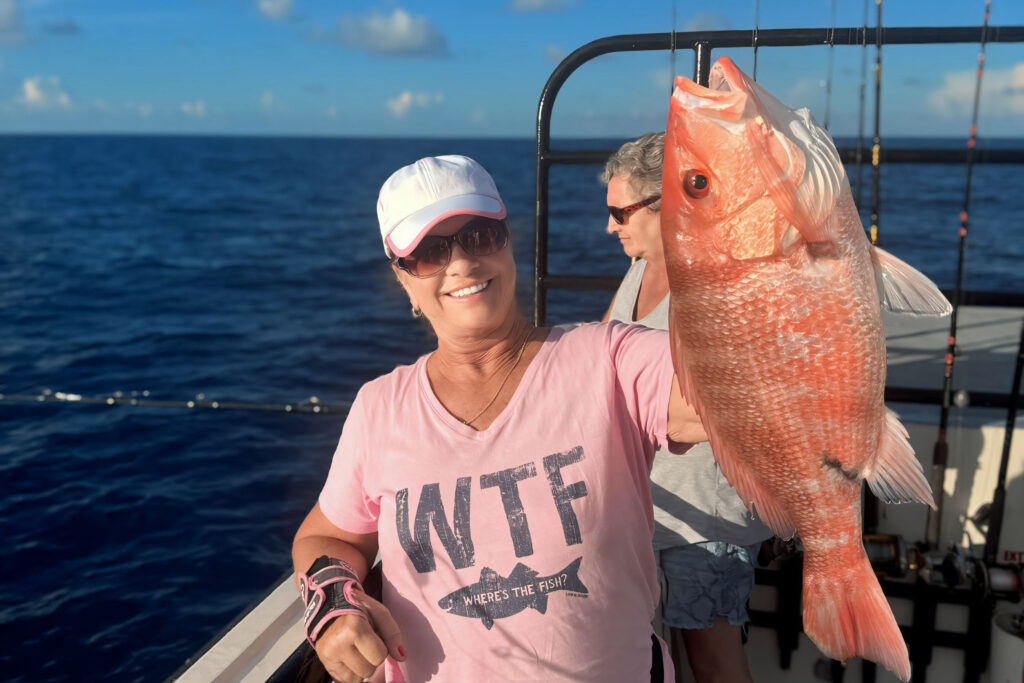
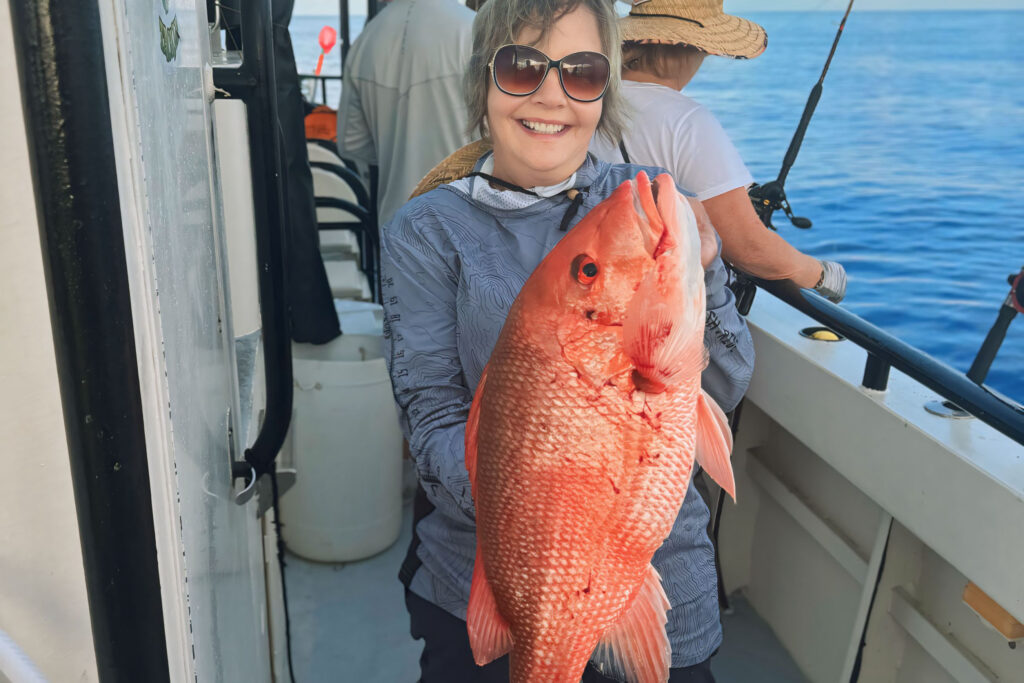
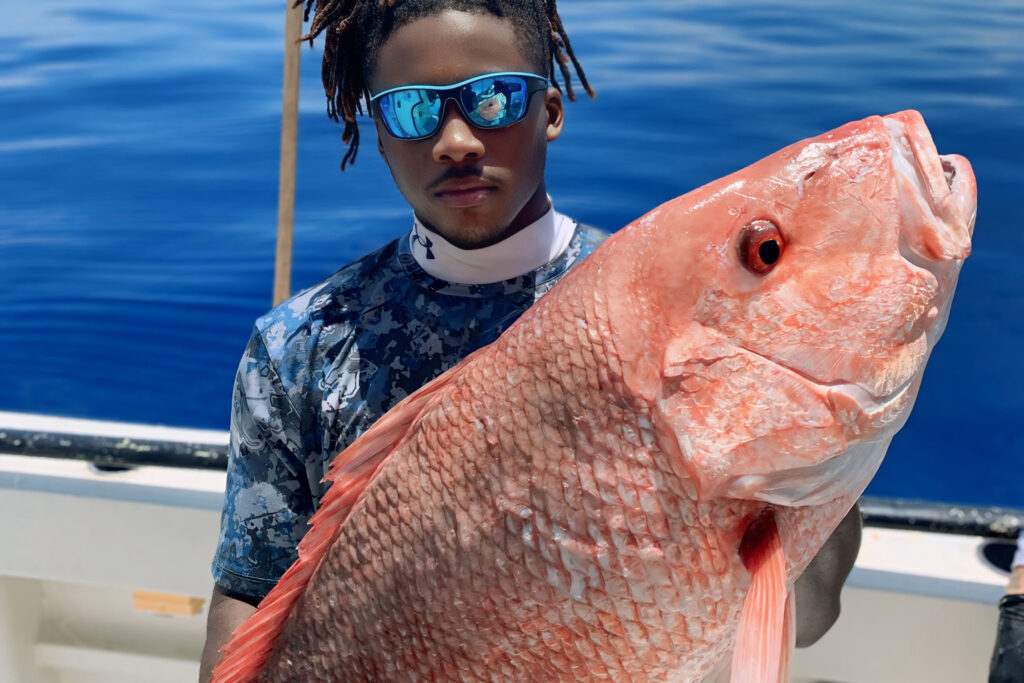
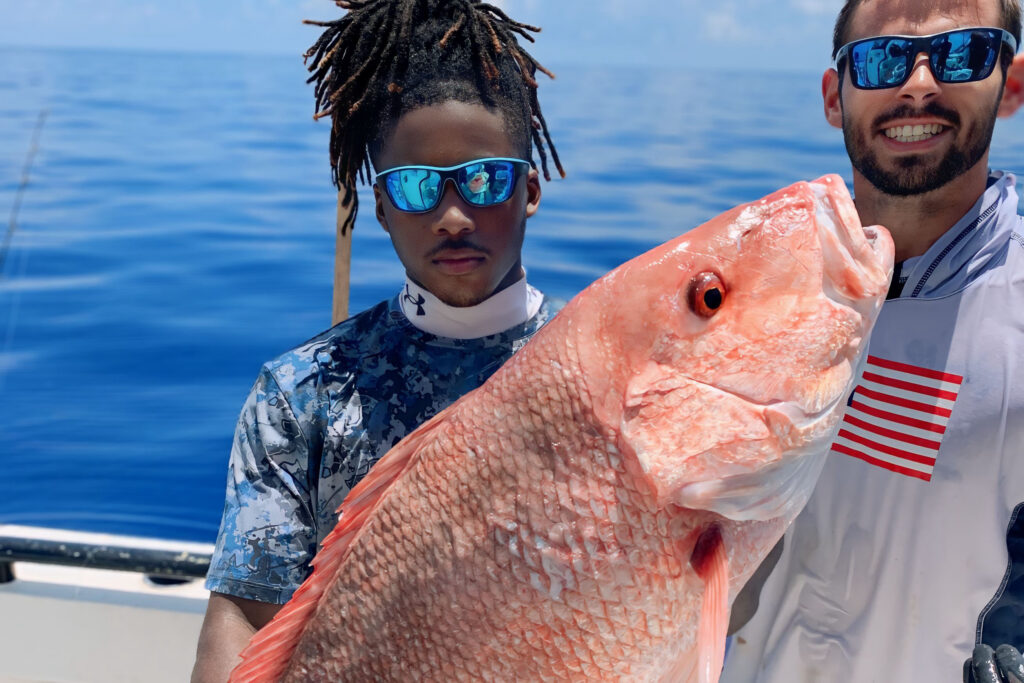
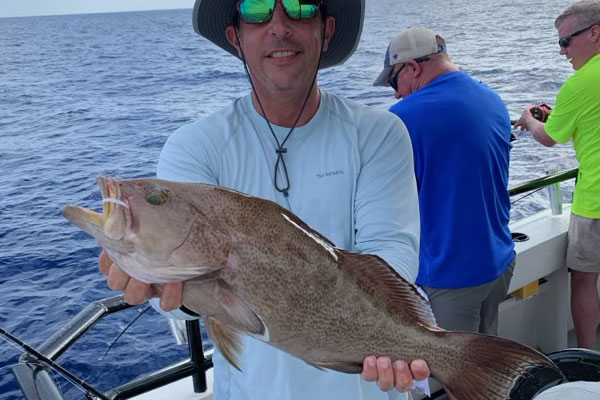
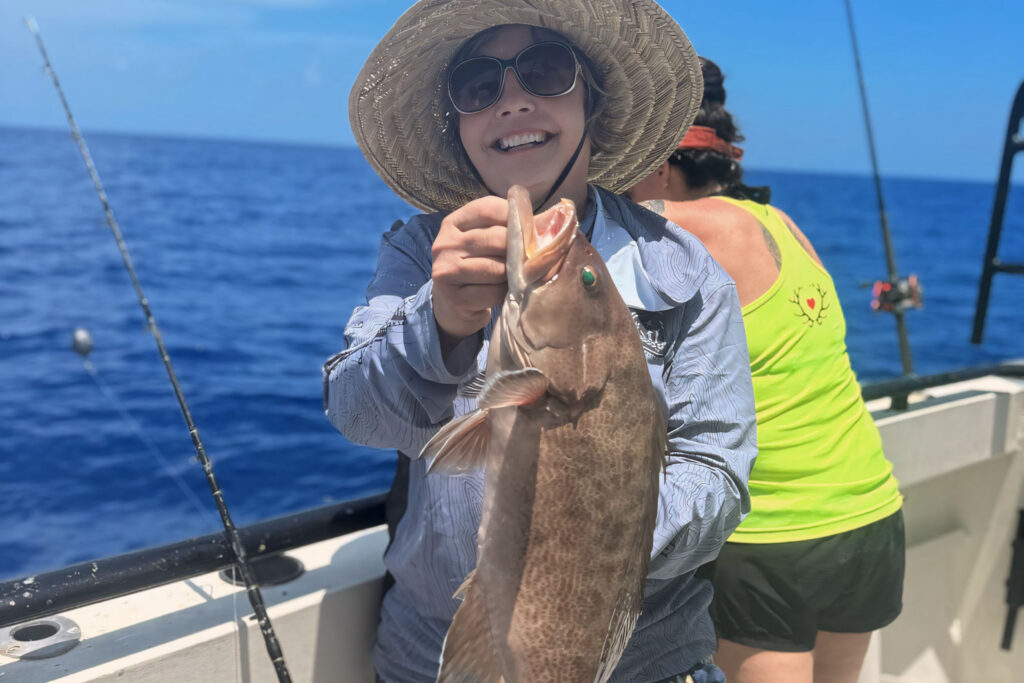
Red snapper season is in full swing until the end of day August 27th. These fish are biting just about anything, but we recommend using big baits and heavy tackle to target larger fish and avoid smaller ones. Prime trips for red snapper include our 12-hour extreme trips, 39-hour trips, and 44-hour full moon trips. While they occasionally show up on ten-hour trips, the bigger catches are typically on the longer trips.
Triggerfish opened up yesterday with the start of August, and we are pumped to start taking these guys home again on our long range trips. We see some monsters being caught on the 12 hour extreme, 39 hour and an 44 hour trips. They love small strips of squid like 2 inches long and about a quarter inch cubed.
The scamp grouper bite has slowed slightly, but we are still seeing more than normal. These fish are biting on small to medium pinfish and cut threadfin, often caught while targeting mangrove snapper using medium tackle. Scamps are leader shy, so using lighter tackle can improve your chances. Using around 50-60lb leader and about a 6-7ot hook is a good idea too!
Mangrove snapper action remains strong offshore, with impressive catches being reported. Large mangroves are being caught on live pinfish and cut threadfin plugs. Night fishing has been particularly successful for these snapper, making it an ideal time to target them before focusing on red snapper during the day.
Yellowtail snapper fishing has been exceptional, with some fish weighing in at 3-4 lbs and even approaching 5 lbs. These colorful and tasty fish are being caught on shrimp, cut squid, and cut threadfin, making them a versatile target for various bait options.
Pelagic action has been super hot lately, with wahoo, mahi, cobia, and sailfish being caught on recent trips. These exciting species are being hooked on flat lines, pitch rods, and even while reeling up or dropping to the bottom. This variety adds an extra thrill to our offshore adventures.
Vermillion snapper are cooperating well, with good numbers and sizes being reported offshore. They are typically found in waters around 100 feet or deeper, responding well to cut squid or threadfin.
Porgies, almacos, and other heads and tails are common catches offshore. Mutton snapper have also shown up, with some trips landing good numbers. An extreme trip recently caught four keeper muttons, and a few 39-hour trips have reported mutton snapper as well with one big catch on a recent 39 hour of 8 keeper mutton snapper!
Seasonal Openings:
- Red grouper: Open until the end of June
- Triggerfish: Open all year except June & July
- Amberjack: Open May, September & October
- Red snapper: Open June 1st – August 27th (close August 28th at 12:01am)
- Gags: Will open September 1st until September 15 (close September 16th at 12:01am)
- All other species: Open all year
Remember that when fishing in deeper nearshore and offshore federal waters, the Descend Act requires you to have a descending device or venting tool “rigged and ready.” If you know how to use a venting tool, keep it prepared. If not, here’s some helpful advice: https://bit.ly/3L5HTnv. Using a descending device is straightforward and doesn’t require as much precision or practice as venting. You can even get over $100 worth of descending device gear for free by taking a short course on barotrauma mitigation, which helps more fish survive. The course only takes about 10-15 minutes, and you can learn valuable techniques to protect our offshore fishery. Spread the word by visiting: https://returnemright.org/.
TERMS OF REFERENCE-
Inshore: This covers the areas from the inner bays, through the bridges, and right up to the beaches.
Near Shore: This includes the coastal waters from the beaches up to twenty miles offshore, or up to a depth of 100 feet.
Offshore: This extends from twenty miles offshore or from a depth of 100 feet and beyond.
For more fishing reports, photos, videos, and other content, check out Hubbard’s Marina on Facebook, Instagram, YouTube, TikTok, Twitter, Pinterest, or Snapchat by searching for @HubbardsMarina. Remember our family motto: “If you’re too busy to go fishing, you’re just too busy!” Thank you for reading our report.
Capt. Dylan Hubbard, Hubbard’s Marina
Phone or text: (727) 393-1947
Website: Hubbard’s Marina

